
Look What I Made! Page 16 ISSUE 24 Pay it Forward Page 6 Renewing Compassion Page 12
OF HOPE FROM AROUND THE WORLD Hope in the PiacesHardBONUS EGG RECIPES PAGE 18
STORIES
ISSUE 24
SPRING 2019
Food for the Hungry (FH) Canada’s seasonal publication, celebrating stories of hope from partnered communities around the world.
Editorial: Eryn Austin Bergen, Colton Martin, Mark Petzold, Michael Prins
Design: Tyler Anaya
Laura Balzer, Kim Cruson, Sarah Dickens, Matt Ellingson, Robyn Ferreira, Linly Gula, Jeremy Hunka, Karen Koster, Wendy Lees, Neak Phanna, Peg Peters, Kari Petzold, Shawn Plummer, Laura Solberg, Shelaine Strom, Daniel C. White, and other valued FH staff and friends.
We continue to see “hard places” take form in our world, despite humanity’s best efforts. War causing death, political upheaval causing displacement, and famine causing hunger. But Food for the Hungry is committed to going into those difficult areas, areas where we also see great hope.
As you turn the pages of this issue of Hope Notes, I hope you are encouraged by the hope that exists in the hard places. Food for the Hungry is grateful to report stories about human resilience in a refugee camp, of selfless giving in poverty-stricken communities, and of clean water amidst shortage, to name a few.
It was in the refugee camp in Cox’s Bazar in Bangladesh that I witnessed this hope first-hand. Walking along the paths in the refugee camp, as I was surrounded by displaced families who had lost everything, I saw children playing with handmade kites made from garbage. The laughter and joy that these children had in the midst of poverty was a torch of hope for me.
May these stories of hope in the hard places inspire you as well. Thank you for your partnership with FH, it is a joy to work together to end poverty!
Grateful,
 Shawn Plummer President & CEO
Shawn Plummer President & CEO
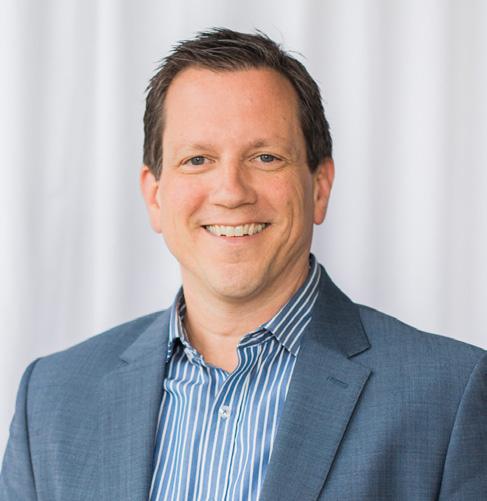
Food for the Hungry (FH) Canada is a Christian, non-profit organization dedicated to facilitating sustainable, community development in order to bring about longterm transformation for those stuck in poverty.
Through project development, Child Sponsorship, and emergency relief, FH Canada strives to relieve all forms of poverty—physical, spiritual, social, and personal.
Our Purpose: To end poverty, one community at a time.
Our Promise: To graduate communities from poverty in 10 years.
84.6% Building Sustainable Communities
10.8% Invested to generate income
4.6% Administration & Running Costs
As a Certified Member of the Canadian Council for Christian Charities, FH Canada meets the stringent standards set by the CCCC for accountability and organizational integrity.
CHARITABLE REGISTRATION NUMBER: 132152893RR0001



FH CANADA
1-31741 Peardonville Road, Abbotsford, BC V2T 1L2
T 604 853 4262
TF 1 800 667 0605
F 604 853 4332 info@fhcanada.org
www.fhcanada.org
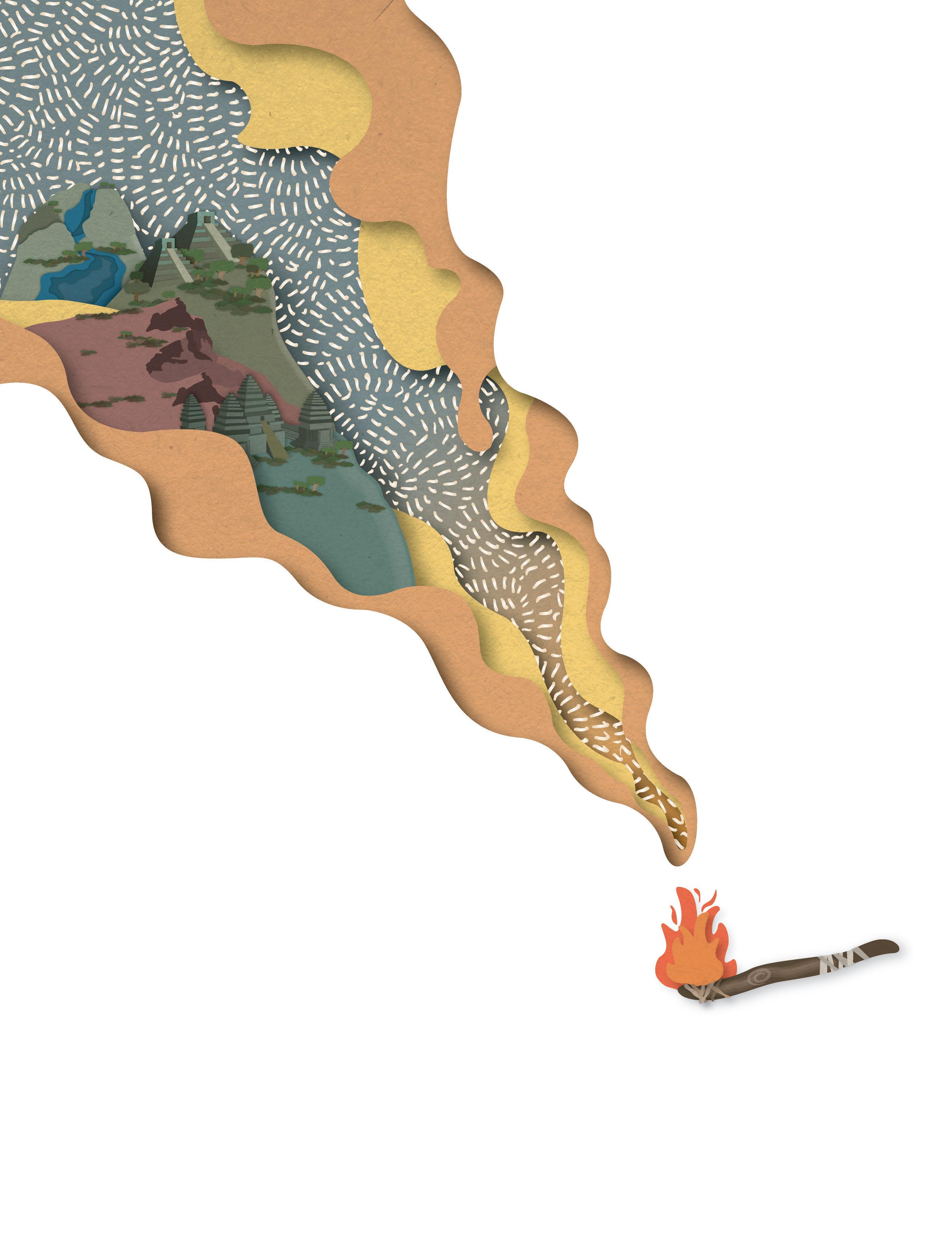
PRESIDENT @fhcanada @foodforthehungrycanada blog.fhcanada.org @fhcanada The Power of Running Water Pay-it-Forward Heroes of Transformation: Renewing Compassion Look What I Made! EGG-ceptional Recipes Constructing Lives of Purpose Virtually Coming Together Page 3 Page 6 Page 8 Page 12 Page 16 Page 18 Page 20 Page 23 2 ISSUE 24
FROM THE
THE POWER OF RUNNINGWater
No one expected that Peg Peters—the five-year-old Peg Peters, kicking a soccer ball around with Ethiopian neighborhood kids and eating injera with his hands—would one day be raising millions of dollars of support for Ethiopia alongside thousands of volunteers through the Run for Water campaign.
Peg’s connection with Ethiopia began with his earliest memories. He was a child to Canadian expats there, but in 1974, a violent coup shook the country. All expats were forced to evacuate and the Peters family had six days to leave the country, or face imprisonment. “The Canadian embassy helped us get home,” Peg explained.
Fast forward three decades, and Peg stepped off the airplane in Addis Ababa, Ethiopia. It was the first time being back in the country since his childhood evacuation. “We landed in Addis, and the smell of burning charcoal and Berbere spices… all the emotions came back and I remembered. Something came full circle for me.”
This time, Peg was back with a plan to help Ethiopians end poverty in their communities. The Run for Water campaign would help fund water and sanitation projects in various regions in Ethiopia. First started in Abbotsford, then spread to Calgary,
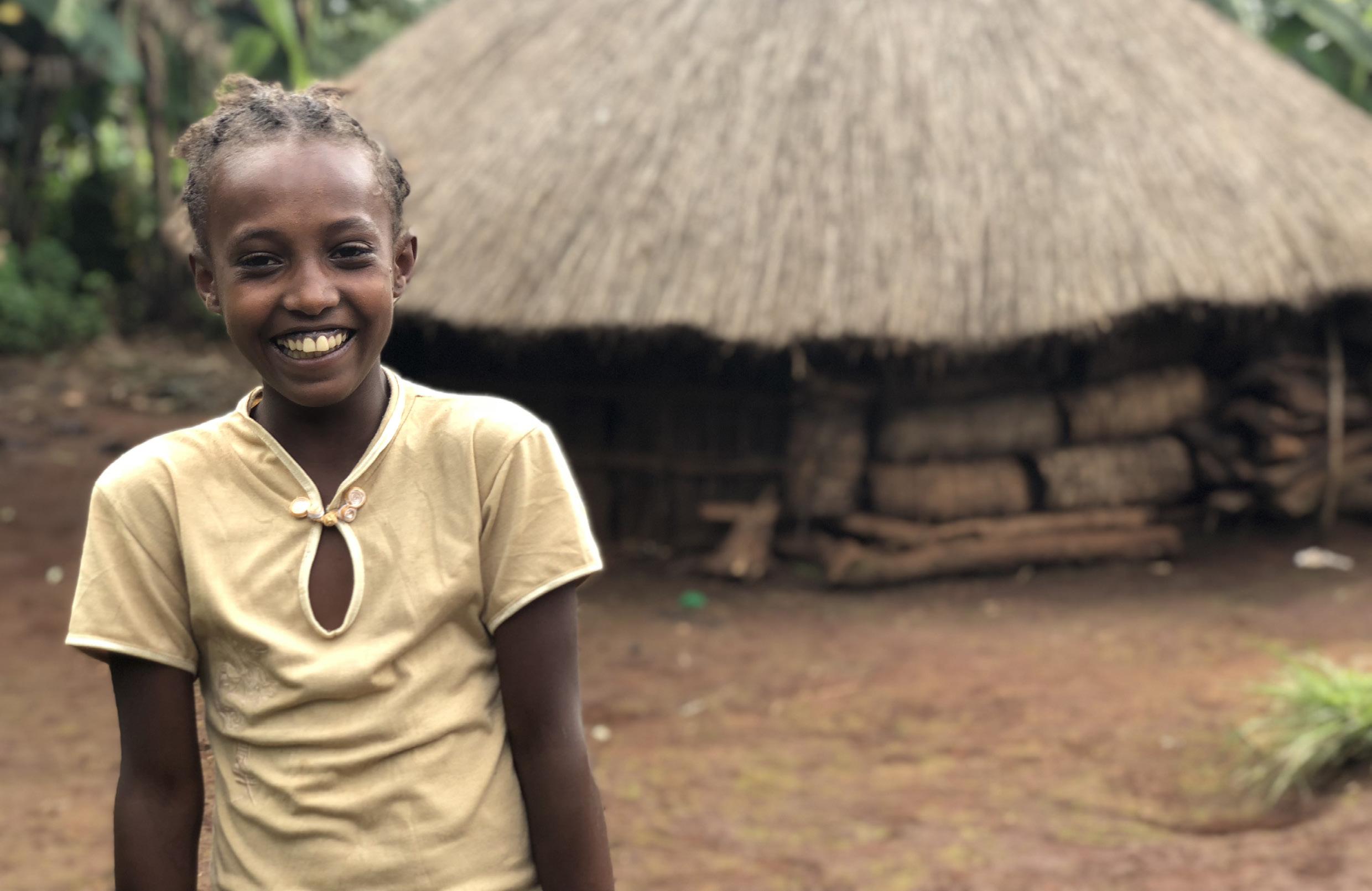
the race hosted runners who would also fundraise for the water projects in Ethiopia. Over the past 12 years, Run for Water has brought in over $3,000,000 of support with the help of around 25,000 runners.
The project was started in 2008, co-founded by Peg Peters and Ken Baerg. The campaign also held personal significance for Ken. Both Ken and Peg have daughters. As parents, they couldn’t believe the plight of Ethiopian girls who spend their childhood hauling dirty water. Hours each day, not in school, not playing, not exploring their talents.
“Ken is big, big, big on social justice! It drives him to advocate for others. He doesn’t like seeing the little guy taken advantage of — whether here in Canada, or in Ethiopia!” Peg said. Since co-founding Run for Water, Ken has been a key leader, serving on the board, even as board chair, for many years.
The Run for Water campaign evolved as it grew. At its beginnings, a staff made up entirely of volunteers ran the event. As the number of participants increased, volunteers no longer had capacity to run it alone. The board asked Peg to step up as director in 2014. After much deliberation, Peg agreed to come on as the cause's first official staff.
Written by: Colton Martin
FHCANADA.ORG 3
Photos by: Peg Peters
IN THE LAST 3 YEARS
CAPPED SPRINGS
In 2015, Run for Water officially began its partnership with Food for the Hungry, created through personal connections between Peg Peters and FH President Shawn Plummer. FH is partnered with nine communities in Ethiopia, so the projects funded by the Run for Water campaign easily integrated into the development programs

CLEAN TOILETS 300+
that were already active. What struck Peg most was the quality of staff FH has working in the community. He comments, “They get it and they empower Ethiopians to help their own people. It’s not Canadians with an agenda telling Ethiopians what to do - it’s local people helping their neighbours.”
During a recent trip to Ethiopia with Shawn, Peg experienced several significant moments. He describes one instance where an eight-year-old girl’s story impacted him deeply. “Prior to the well being constructed, she would go every day with her mother to get water from the local stream. She took us to the stream, a small hike away.”
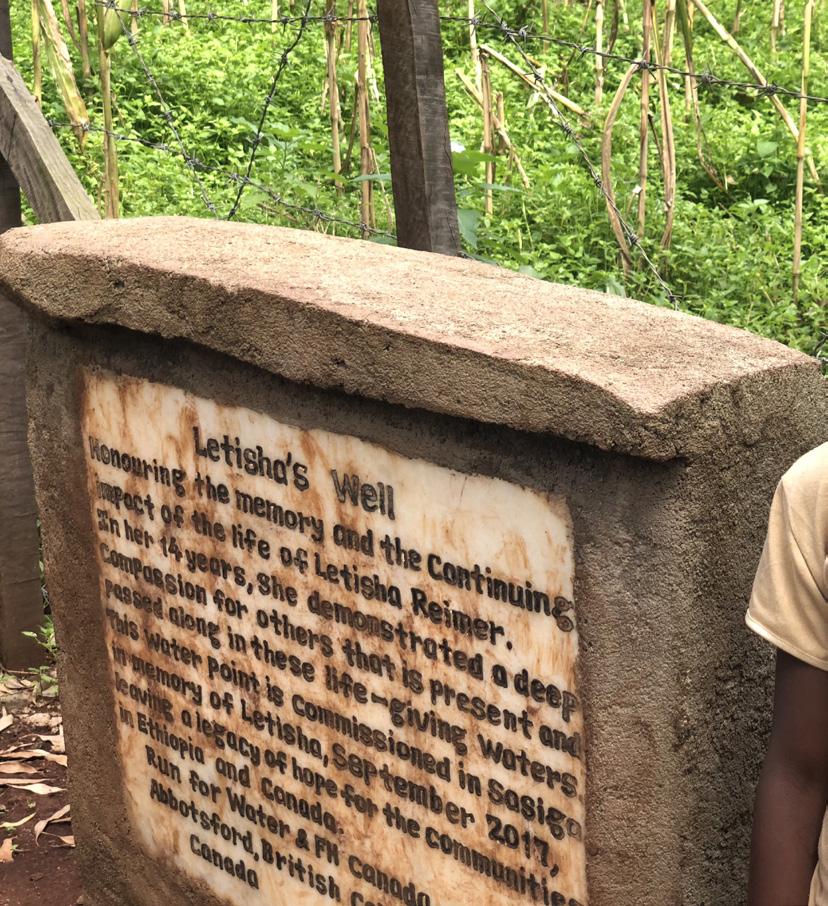
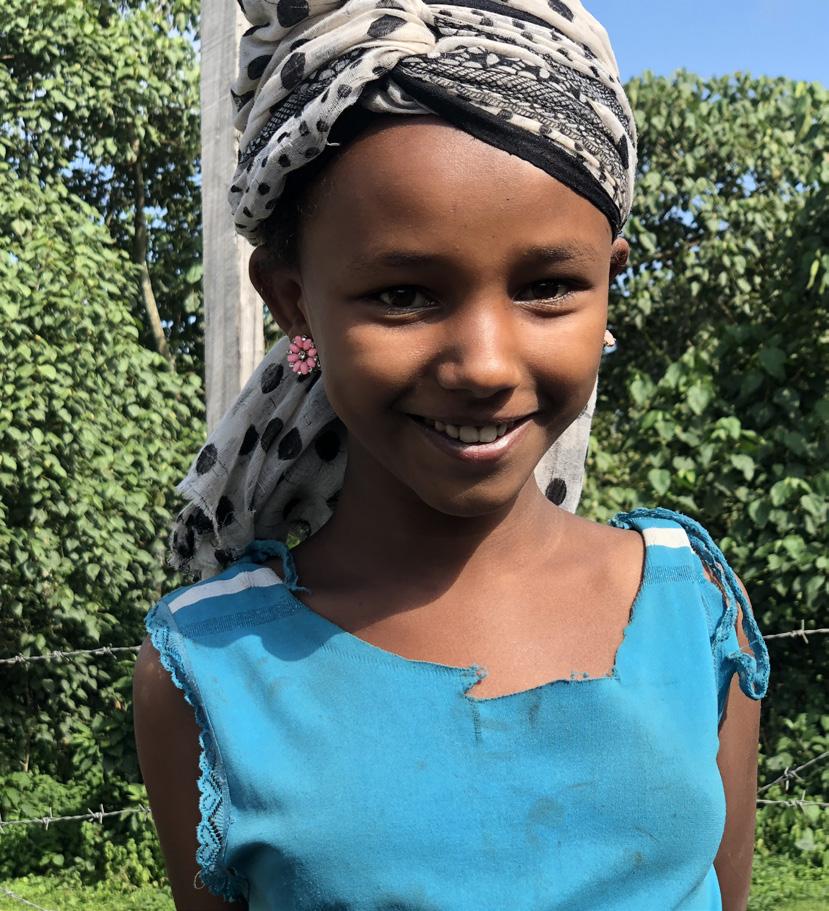
PEOPLE 6200+

6 WELLS CONSTRUCTED 24 CLEAN WATER AND SANITATION SOLUTIONS
 1. A girl in Sasiga enjoys the convenience that a well brings. She no longer needs to hike to a creek for dirty water. She tells Peg Peters: “I now have time to play, to go to school, to help my mom!”
1. A girl in Sasiga enjoys the convenience that a well brings. She no longer needs to hike to a creek for dirty water. She tells Peg Peters: “I now have time to play, to go to school, to help my mom!”
2016 2017 2018
4. Since the wells have been built, hundreds of children are now free to enrol in school.
"I saw the cascade effects clean water has on a person’s day-to-day life, particularly a girl! I mean, think about it, what if someone just magically gave you an extra four hours in your day?!”
1.
4 ISSUE 24
4.
+
The water was dirty but boiling it would take too much time and energy. “So, they drank the dirty water and dealt with the chronic sickness and missing school,” Peg continues. “But this well changed everything. I remember her telling me, ‘I now have time to play, to go to school, to help my mom, to enjoy life with a healthy family!’ I saw the cascade effects clean water has on a person’s day-to-day life, particularly a girl! I mean, think about it, what if someone just magically gave you an extra four hours in your day?!”
Food for the Hungry has partnered with leaders in the Sasiga region of Ethiopia since 2016. As the partnership has progressed, illness has dwindled and hundreds of children are enrolling in school. “FH is all about graduating communities out of poverty. That takes a few years. But we couldn’t do it without something as rudimentary as clean water,” explained Shawn Plummer. Thanks to the partnership between the Run for Water campaign, Food for the Hungry, and leaders in Sasiga, the community is beginning to thrive.

then in two months everyone else moves on. I could tell [them] ‘your daughter’s legacy is living on in places where you can’t even imagine its impact!’ An entire community on the other side of the world will remember Letisha.”
The Run for Water campaign is not significant just because it builds wells. Rather, it matters because with each step of the journey and with each evolution of the program, things have come full circle in meaningful ways. The Run for Water campaign continues this year, and this story of significance flows on.
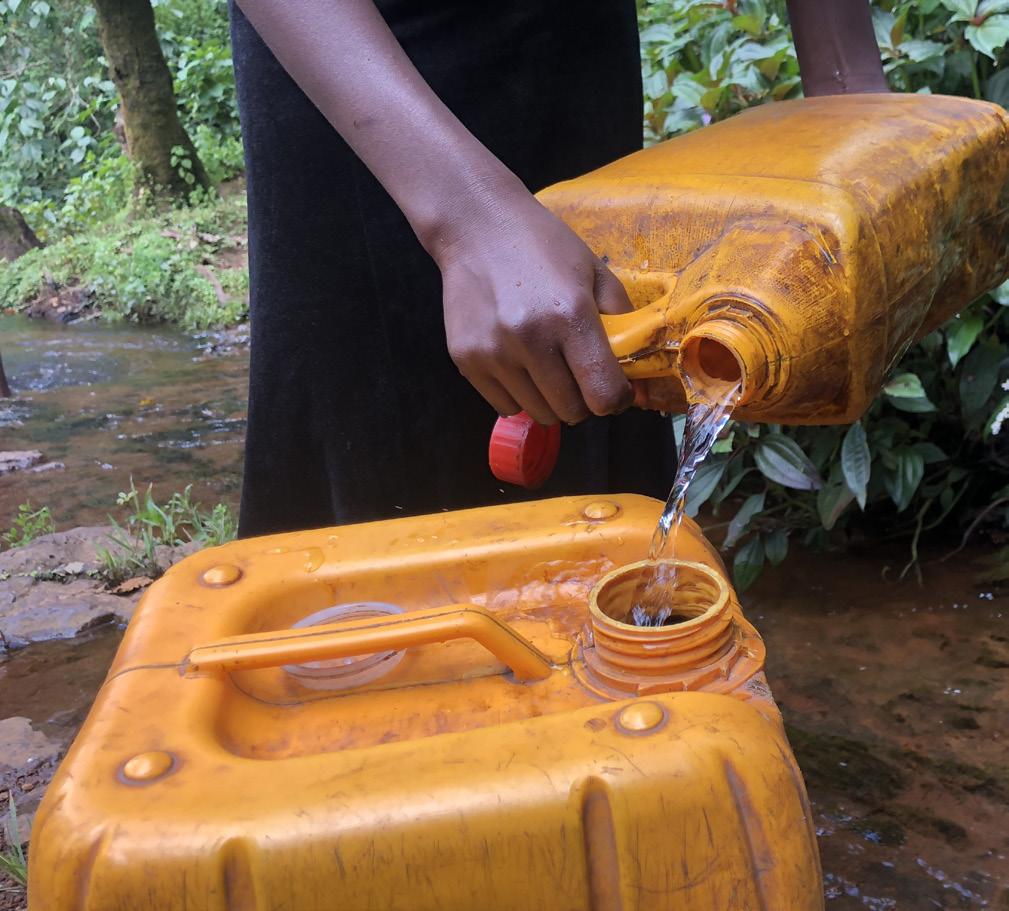

Yet another meaningful moment emerged when Peg and Shawn visited wells in Sasiga dedicated to Letisha Reimer. Passionate about helping others, Letisha was an Abbotsford student tragically killed in a random and brutal school stabbing. She was a strong supporter and participant in Run for Water.
In response to the tragedy, FH staff in Ethiopia honoured her memory with a plaque. Peg described the impact this gesture had on Letisha’s parents, “Their biggest fear was that people would forget. You go through a tragedy but
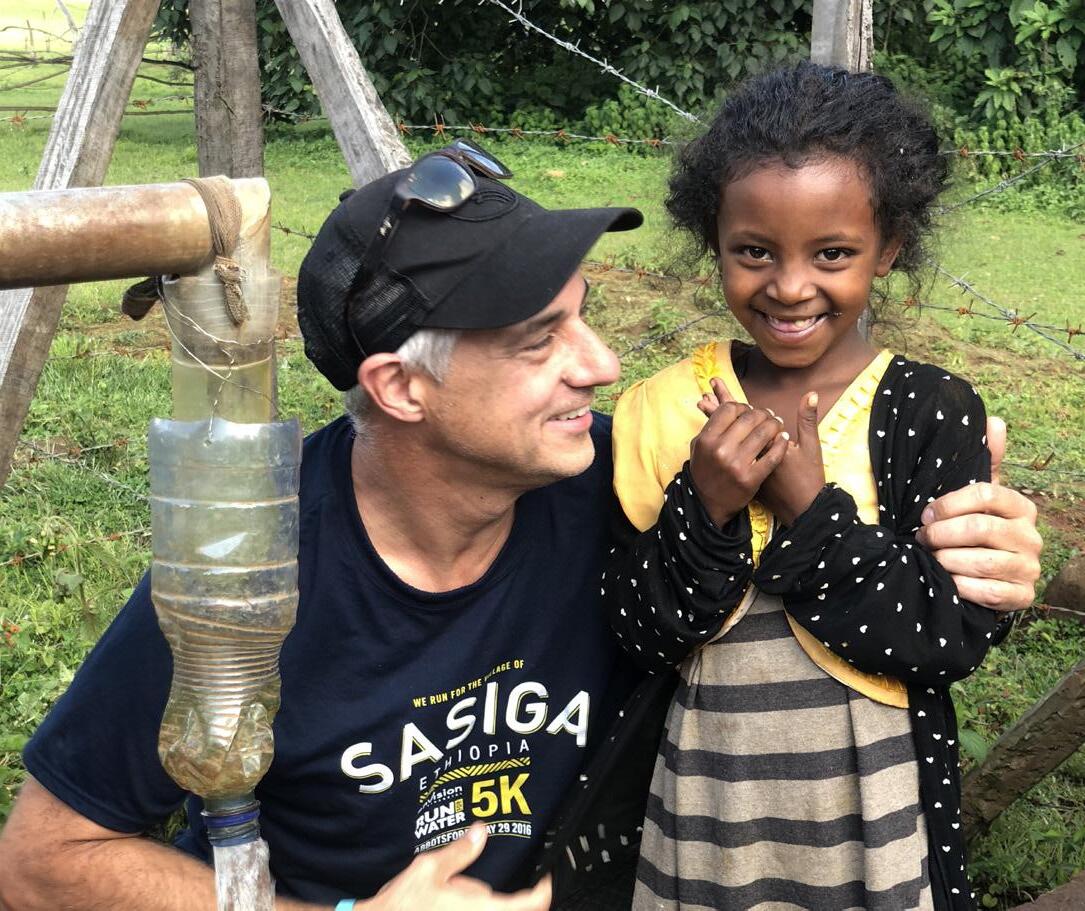 2. Run for Water director Peg Peters collects well water with a local girl.
3. Access to clean well water has resulted in a dramatic decrease of disease in Sasiga.
2. Run for Water director Peg Peters collects well water with a local girl.
3. Access to clean well water has resulted in a dramatic decrease of disease in Sasiga.
‘Your daughter’s legacy is living on in places where you can’t even imagine its impact!’
2.
5
3.
PAY IT FORWARD.
The first time I encountered the phrase “pay it forward” was in the 2000 film of that title about a young boy, Trevor, who turns a school project into a quest to make the world a better place. He decides to do three acts of kindness for three strangers. Instead of repaying Trevor for his help, each of them is asked to do three acts of kindness for three new people—Trevor asks them to pay it forward. Through this chain reaction, Trevor plans to spread kindness throughout the entire country.
This phrase caught my attention twelve years later when reading an article about a Tim Horton’s in Winnipeg. It reported that 228 customers paid it forward in an unbroken chain of altruism for three hours! It all started with one anonymous man who picked up the tab for the person behind him in the drive-through.
The third time I noticed this concept playing itself out in an extraordinary way was when I started working for Food for the
Hungry. As I began reading our communities’ year-end reports detailing their successes and challenges over the previous six months, I saw an amazing thing happening.

Pass the Pigs in Rwanda: The livestock FH provided to families in Rwanda this year are thriving! Of the 256 animals distributed, 47 pigs and five goats reproduced before the end of the fiscal year. Those first offspring were paid forward to their neighbours. This livestock help the farmers make rich compost to improve their garden yields. FH Rwanda staff make regular followup visits to all the families who receive livestock (whether directly or through pay-it-forward) to monitor the animals’ health and talk about how to improve animal husbandry in the community.
Whenever a family received a goat from FH they agreed to give the first offspring to a neighbouring family in need. Instead of paying FH back for the goat (as would happen with a traditional loan) they paid it forward to someone else who also needed a leg up on poverty. This remarkable activity happens in every community where FH Canada works. It’s a simple, costeffective way to accomplish a number of different goals.

Sowing Seeds in Haiti: Last year, FH provided black bean and peanut seeds to community members who attended workshops on who to grow those crops. In addition to the 100 households in Mategouaase that received black bean seeds and the 50
 Written by: Eryn Austin-Bergen
Photo courtesy of: Daniel C White
Cachiman households that received peanut seeds in the first half of the year, 26 Mategouasse households received seeds from the prior year’s recipients through the pay-it-forward model. In addition, three families received pay-it-forward cows.
Written by: Eryn Austin-Bergen
Photo courtesy of: Daniel C White
Cachiman households that received peanut seeds in the first half of the year, 26 Mategouasse households received seeds from the prior year’s recipients through the pay-it-forward model. In addition, three families received pay-it-forward cows.
6
As I began reading reports... I saw an amazing thing happening.
PAY-IT FORWARD
DEFINITION:
1.
2. (noun) a culture of generosity nurtured in all FH partner communities
Firstly, it enables the impact of Canadian gifts to be multiplied throughout communities far beyond the initial cost of a goat. Someone gives one goat to a family in 2018 and by the end of 2019, you’ll find not one but three goats supporting two families. Circle back in 2020 and there will most likely be six goats helping three families, and so on. That’s worth a whole lot more than the initial $75 donated!
can begin to turn to each other for help. It frees them from relying on outsiders.
Thirdly, people get to experience the power of paying it forward as a liberating approach to life. The scarcity they suffered in the past might prompt them to cling to whatever resources they can get a hold of. But the abundance mindset of paying it forward encourages an open-handed trust and generosity, a sense that by giving to others we get more rather than have less. Their entire approach to survival can begin to shift.
Secondly, paying it forward nurtures a stronger sense of community responsibility and comradery and empowers families to help each other get out of poverty—together. Instead of each family working individually with FH, they
This pay it forward practice isn’t just limited to goats! FH community members pay it forward with sheep, cows, and pigs. They pay it forward with vegetable seeds and tree saplings. They pay it forward with new ideas and technology. The result? Their world is, indeed, becoming a better place—a place of incremental growth that leads to exponential thriving.
The Goat that Saved Caleb’s Life: Little Caleb got sick this year, really sick. Joceline was worried. How was she going to afford to take her son to the hospital and still have enough money to provide for her six other children? How would she pay for their school fees, books, and uniforms (not to mention daily food)?
Every year Joceline and her husband struggled to find the money to support their seven children. Their only sources of income were farming and selling produce, which had not been sufficient to take care of the family.
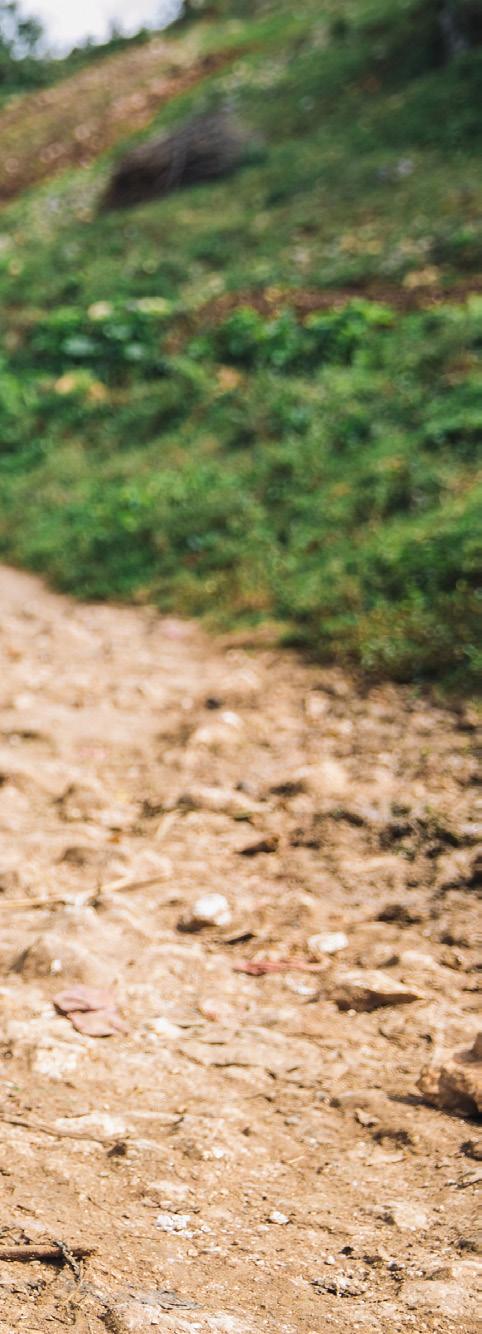
But two years ago, Joceline received a goat through FH’s pay-it-forward program. Joceline’s goat subsequently gave birth four times to two kids each (that’s eight baby goats)!

Over 2016 and 2017 she sold some of the goats to pay for school-related expenses for her children.
Thankfully, she still had goats left to sell this year to pay for Caleb’s hospital fees and send their other children to school on time. Their small herd of goats helped them weather this unpredictable emergency without going into debt, compromising their children’s education, or being forced to watch their son falter under a terrible illness. And it all started with one pay-it-forward gift.
As a result of coming out unscathed on the other side of this crisis, Joceline is more confident now about the future. She knows having a few remaining goats and continuing to add to her herd will help her family face future difficulties.
Joceline is proud and relieved she can stand with her children, healthy because of their goat herd.

Photo courtesy of: Daniel C White
paying it forward encourages an open-handed trust and generosity
(verb) responding to a person's kindness to by being kind to someone else
7
HEROES TRANSFORMATION OF
Meet Neak Phanna
Interview by Karen Koster
Real change for communities does not happen overnight. Each of us plays an important role — from supporter to office staff to community leader. It takes years of relationship building, planning, education, and persistence. But the conduits that make this happen? FH staff who live and work in the community, who truly walk alongside leaders, churches, and families.
Meet Neak Phanna. She’s worked with FH for over 19 years, serving with Child Sponsorship, then Savings and Loans groups, and later as an Area Team Leader. She is now in a supervisory role as the the Program Officer for the Trapeang Prasat region.
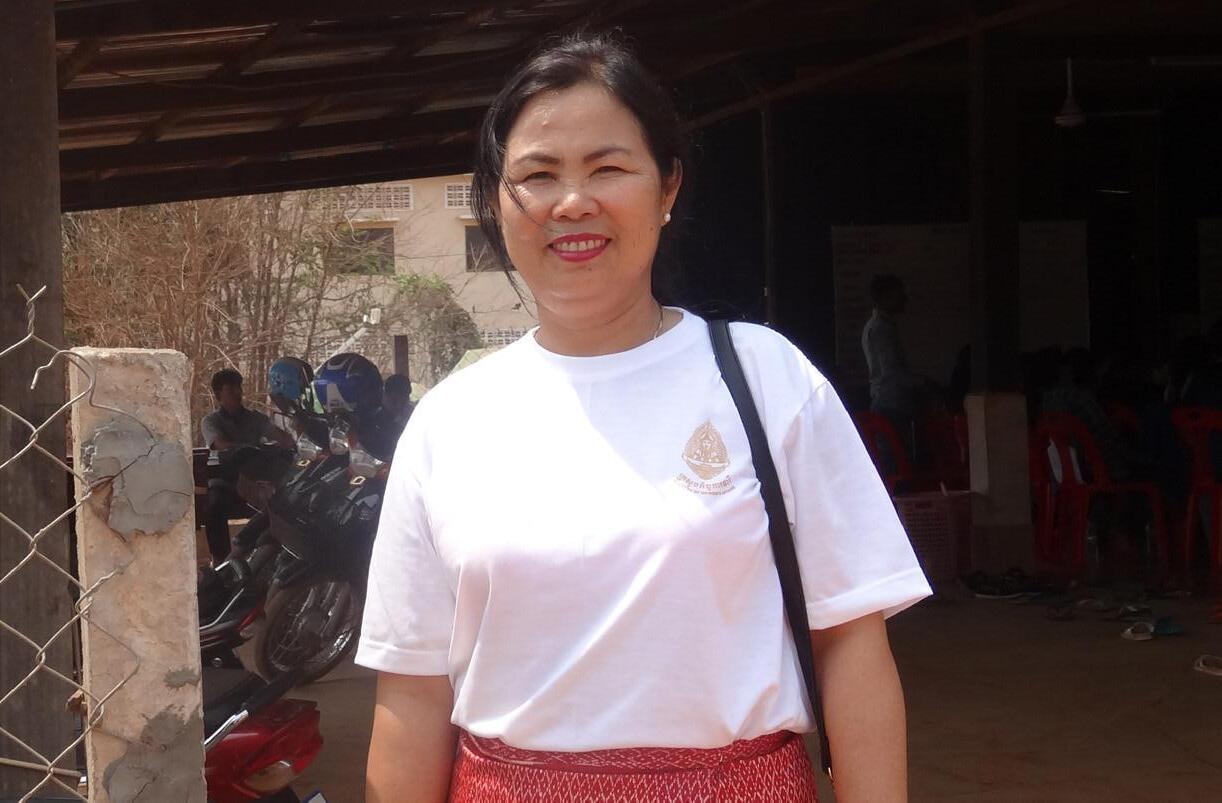
KK: Tell us a bit about yourself?
NP: I am 50 years old. I have two daughters and two grandsons from my eldest daughter. I supported the studies of my children to university and they now have great jobs. My husband also works, and I can say that we have enough for the needs of our family. We have a home in Dom Nak Chom Bok Village. I thank God for providing all of these blessings! In my spare time, I enjoy singing and reading the news, and playing jokes on my friends — ha!
KK: Where did you grow up and what was it like?
NP: I grew up in Phnom Penh, the capital city of Cambodia. My father passed away and my mother was widowed with three
children. I was small when Khmer Rouge broke down. To help earn an income, I sold snacks to pay for the school fees for myself and my siblings. So, I was forced to live like an adult even though I was still a child.
I eventually graduated as a Primary School Teacher in 1985 at Kampot Province and taught for 14 years.
Growing up we were not hopeful of our future. When I started working for FH, I accepted God and shared this faith with my family. We began seeing hope and have since experienced real happiness.
KK: What lead you into community development work?
NP: I believe that God planned for me to work in FH. I love working with the poor and want to help them to know God like me too. I experienced how difficult life [can be] and I understand their situations. This is my chance to help others to have a better life and overcome their challenges.
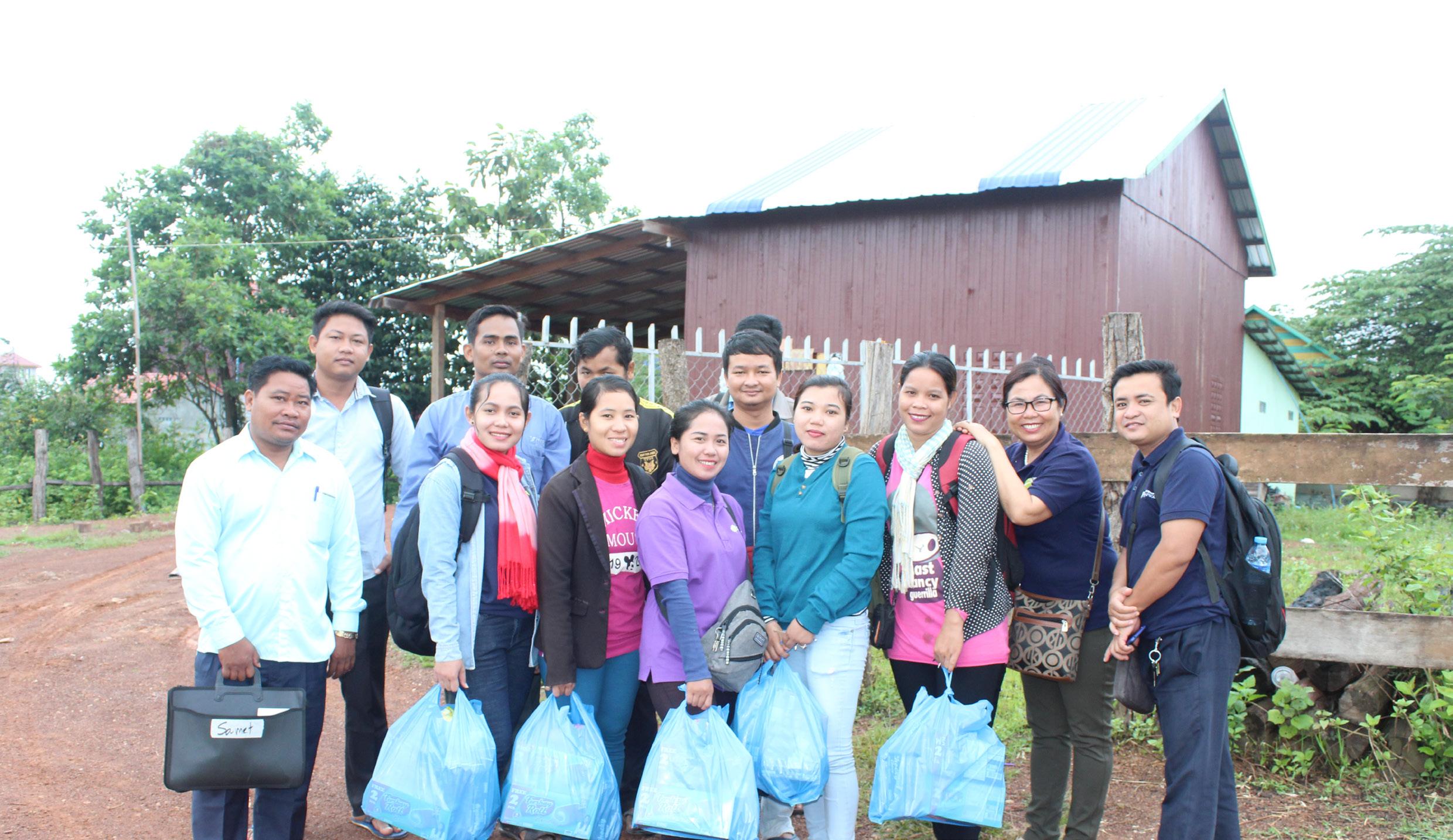 Phanna (right, glasses) sees her team off for the day. Most will spend their eight to ten hour each day visiting homes and facilitating workshops for parents.
Phanna (right, glasses) sees her team off for the day. Most will spend their eight to ten hour each day visiting homes and facilitating workshops for parents.
Phanna has been walking with community leaders and children for the past 19 years. She is a role model for the many FH staff she now oversees.
KK: What does a typical day look like for you?
NP: We always begin our day with devotions. I would typically go to the community to visit a family, or facilitate a meeting, or coach community leaders. I also meet government officials to build relationship and discuss [projects] in their community. I provide guidance to Area Team Leaders and other coordinators entrusted to me in the region.
KK: What is one of your most memorable stories?
NP: Years ago I helped a woman in the city of Chhuk. Her name was Thuy Phea, 43 years old. She was so sick and went to a “quack doctor”. She became worse. Then, one day, the quack doctor said he cannot help her any longer. I visited her and prayed for her. Then I brought her to church and everyone prayed with her. She got better and now she worships God.
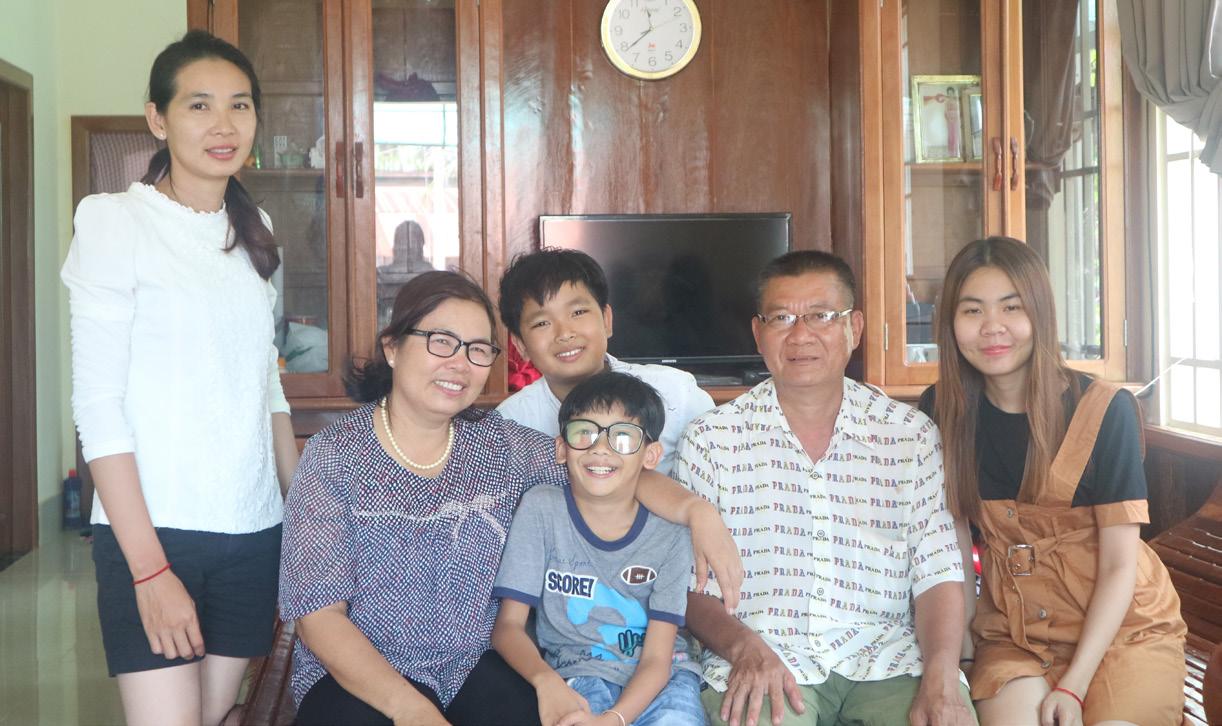
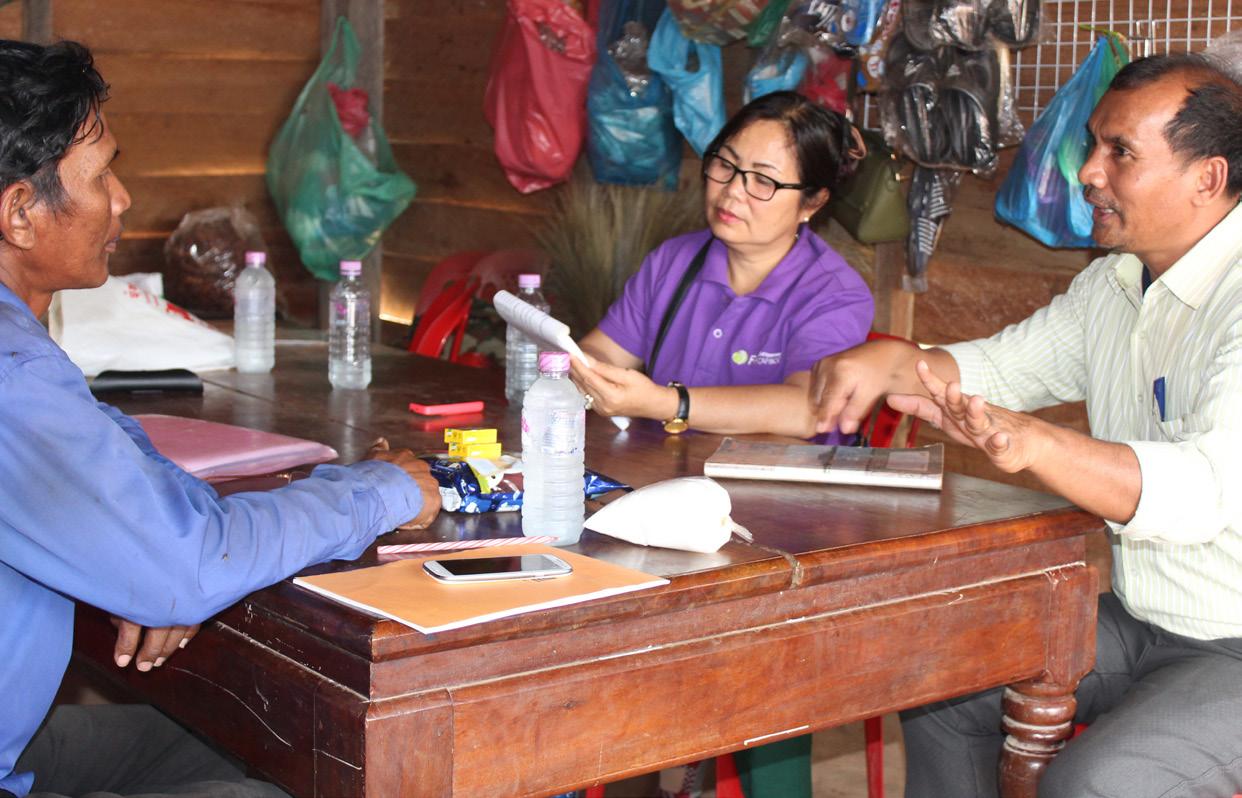
KK: What is the hardest part of your role?
NP: Encouraging leaders to cooperate. In Cambodia, leaders have a lot to say about everything! Moreover, sometimes leaders are corrupt and think only about the benefit that they can get.

KK: What do you love most about your role?
NP: Helping communities discover their potential. [We must] bring positive change to communities, to focus on the most vulnerable, and overcome poverty by discovering their potential.
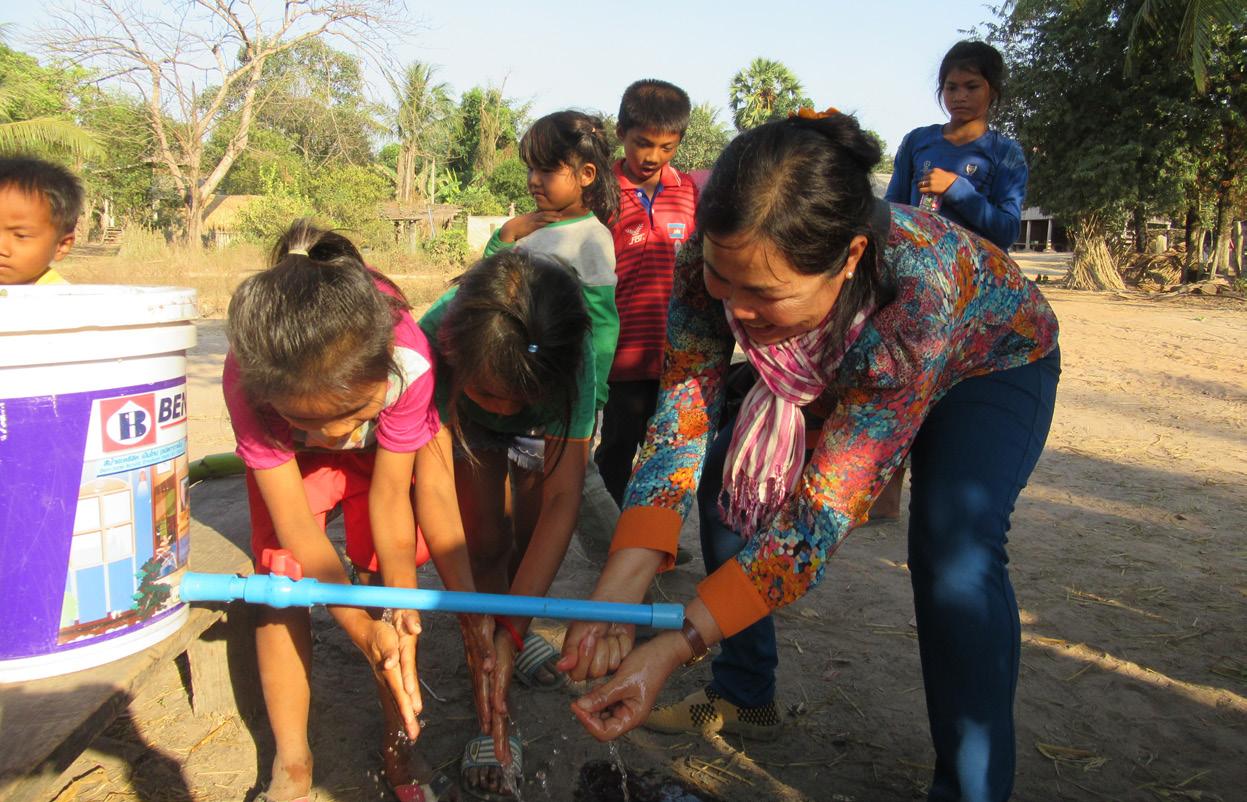
We know that wherever we go God always guide us.
I’ve enjoyed helping many families understand the value of education. [We talk about] how to encourage a child, enroll them in school, and [set goals] to finish their education.
"[We must] bring positive change to communities, to focus on the most vulnerable, and overcome poverty by discovering their potential."
FHCANADA.ORG 9
Phanna still chooses to be involved in frontline community work by hosting training workshops.
Soup for Kid s
Hunger and malnutrition kill more people every year than AIDS, malaria, and tuberculosis combined. A malnourished child can’t concentrate in school, or physically develop properly. Something as simple as soup can be the difference between malnutrition and good health.
This soup mix is powerful! It’s packed with vitamins, minerals, and protein that fight hunger and prevent all kinds of childhood diseases. In addition to feeding the body it also feeds the mind, keeping children alert and engaged in school, preparing them for a bright and hopeful future.

By stopping malnutrition, you could give children the healthy, active childhood they deserve.
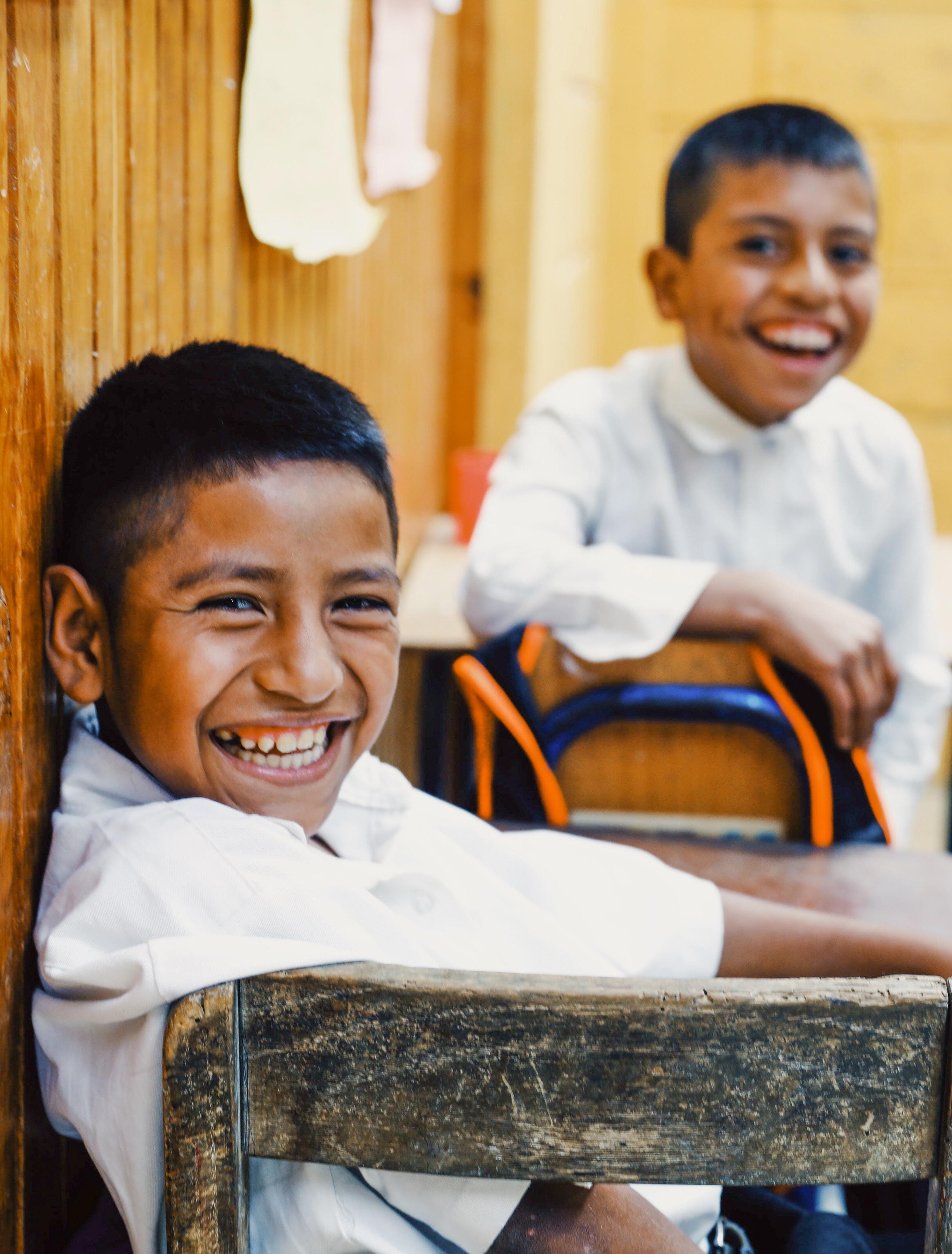
10
FUELING BRIGHT MINDS FOR BRIGHTER FUTURES
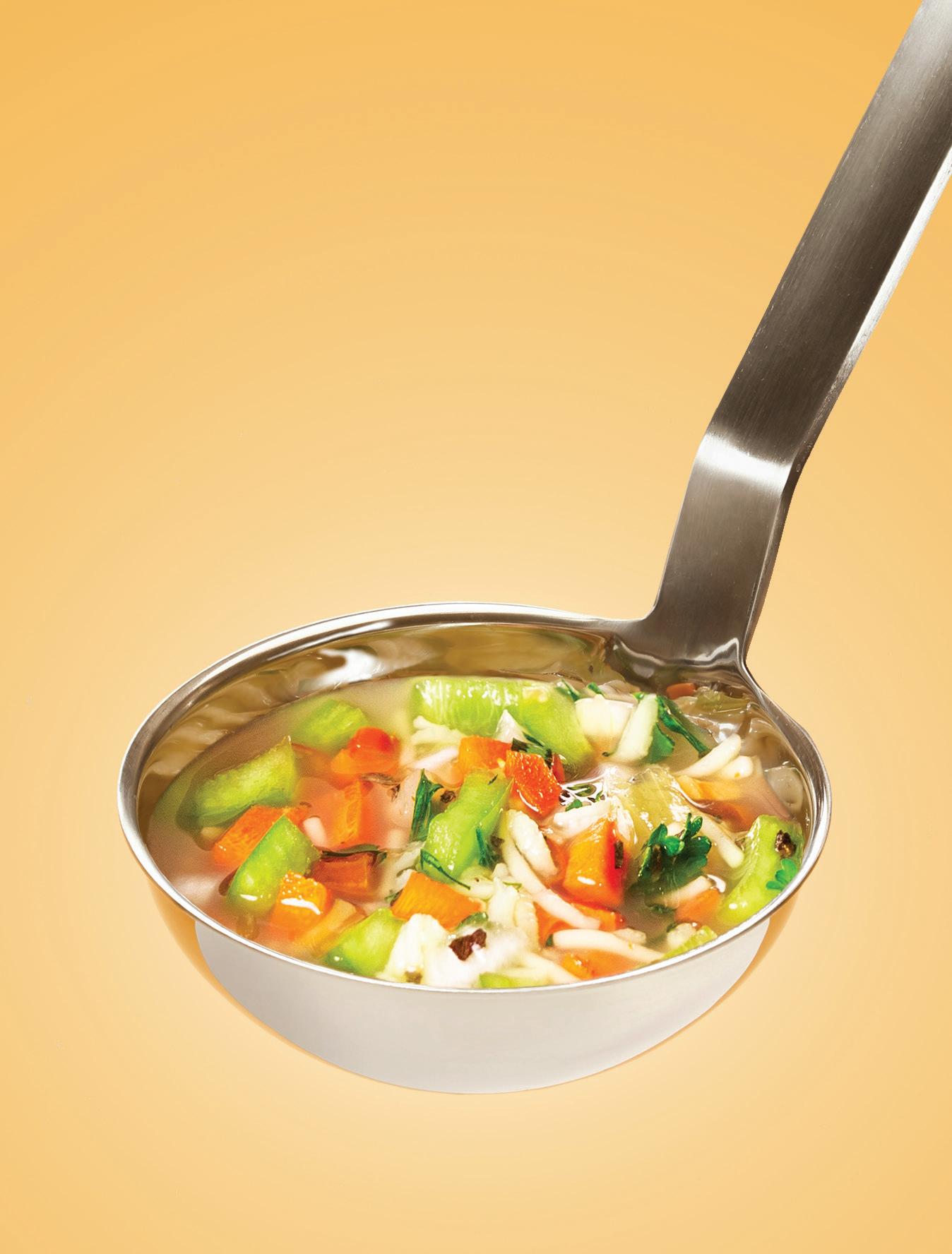
Kid
Soup for
s
WWW.FHCANADA.ORG/SOUP
Renewing Compassion
Cox’s Bazar is a refugee settlement roughly one third the size of Manhattan, bursting at the seams with 908,000 inhabitants. It’s the largest Rohingya refugee settlement in Bangladesh, and one of the densest concentrations of refugees in the world. These families fled their homes in Myanmar in 2016 to escape a wave of unbridled violence unleashed against the Rohingya people. They ran west to Bangladesh, seeking refuge from their persecution. Sadly, the UN reports that those who escaped—mostly women and children—”are traumatized, and some have arrived with injuries caused by gunshots, shrapnel, fire, and landmines.”
Shawn Plummer, President of FH Canada, reflects on his recent visit to the settlement. His small crew had been warned ahead of time by our FH Bangladesh office that we might not be able to gain access to the camps. Thankfully the government approved their application, allowing them to visit refugee families in Cox’s Bazar for a day.
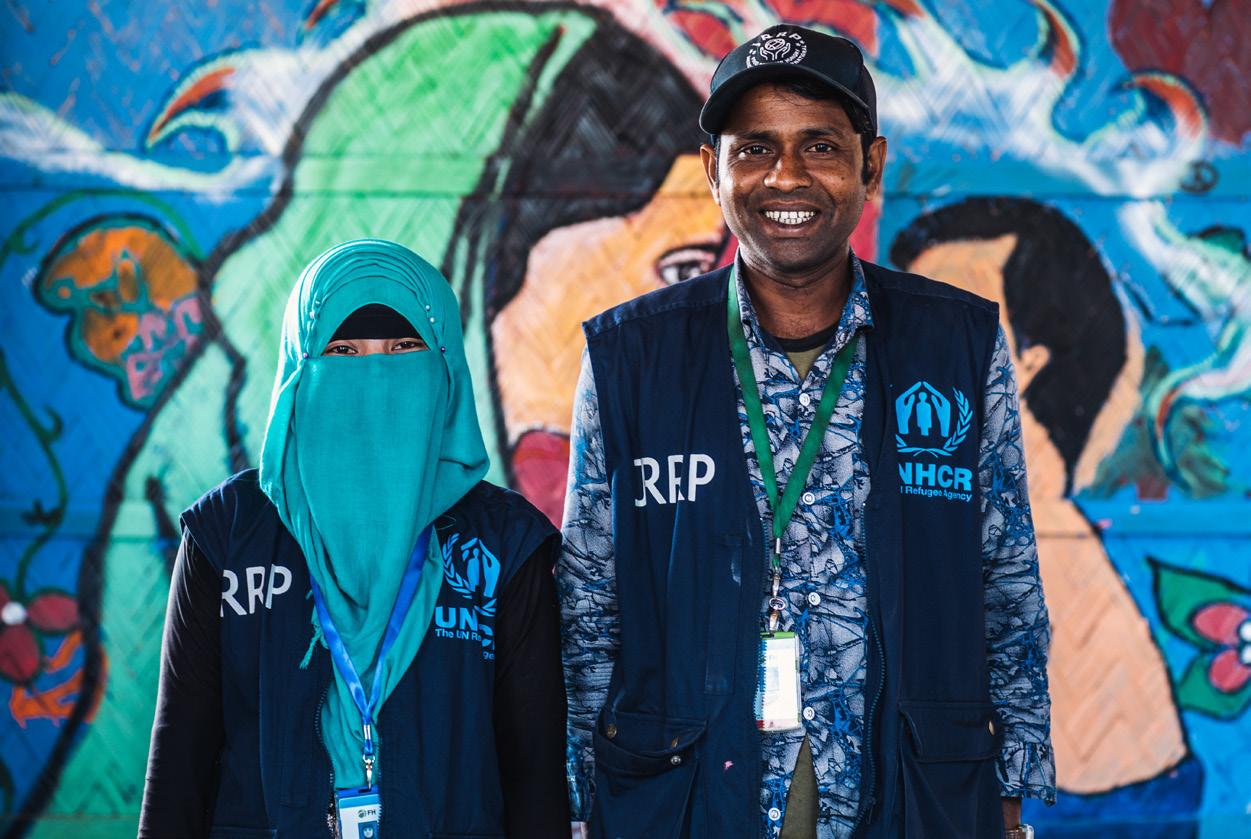
I’ve never been anywhere so densely populated - and that was just Bangladesh! Cox’s Bazar was that magnified a hundred times. The settlement is actually a swelling network of refugee
camps. Yet I was impressed by how incredibly well organized everything was. There’s a well-built road system in place, accessible water distribution points, and growing health clinics.
Because FH was already registered in Bangladesh when the refugee crisis hit, we were able to bring Integral Alliance in under our umbrella. As part of the Alliance, Medical Teams International (MTI) has set up five health clinics that operate

six days a week. They brought in medical experts who are now training and employing Rohingya refugees as community health and hygiene workers. Overall, FH is running many of the logistics.
So those things were encouraging to see—a bit of hope as people have access to healthcare. But the real human stories were very difficult to hear.
For years I’ve been walking into hard situations like this and assessing systems and issues, asking what the big picture looks like, how can we help, what logistics need to be lined up, what are the gaps, etc. But I wasn’t really connecting with the people.
This trip to Cox’s Bazar changed that. We met a Rohingya couple who had been married 40 years and have several children. The mother described their harrowing experience to a colleague of mine:
“The Burmese (Myanmars) people kicked us out of our home in the middle of the night. They burned our crops and our house. They threatened our lives with guns. We trekked 17 days through the country with nothing, except what we could carry on our backs, to get to safety. And here we are now.” (source: Daniel C White)
By: Shawn Plummer and Eryn Austin Bergen
Photos by: Daniel C White @danielcwhite
“While walking through the camp, I saw a lot of young boys making kites. The kites were made from whatever they could find—garbage bags, tarps, etc. Believe it or not, some of these kites were flying hundreds of feet in the air. There was one special kite I honed in on. It was a small white grocery bag floating gently in the sky, lower than the others, but still giving that young boy so much joy.” - DCW
My emotions were awakened on that visit to Cox’s Bazar.
ISSUE 24
“Some of the signs of hope I saw were small gardens, clean water access points, child safe zones, training centres, and sides of buildings decorated by colourful murals.” - SP
I mourned for this mother as she shared how she woke one night to her village burning down around her. She only had minutes to pack what belongings she could for her family and flee into the jungle. Their dangerous journey led to a makeshift refugee camp in a foreign country. What this mother and her children endured—the emotional rollercoaster, the horror of violence, the insecurity of being stateless with so many unknowns—I could not handle.
Listening to and feeling her emotions hit me like never before.
After we left that family, we visited one of the health clinics and a midwife who works in the camp. Her testimony is what made all of this real for me. She told us about how many of the Rohingya women were raped by their attackers as they struggled to escape the violence erupting around them. As they all began to come to term in the camps around the same time, they delivered their babies and then dumped them down latrines. Hearing this unspeakable pain is when the magnitude of their suffering really sunk in.
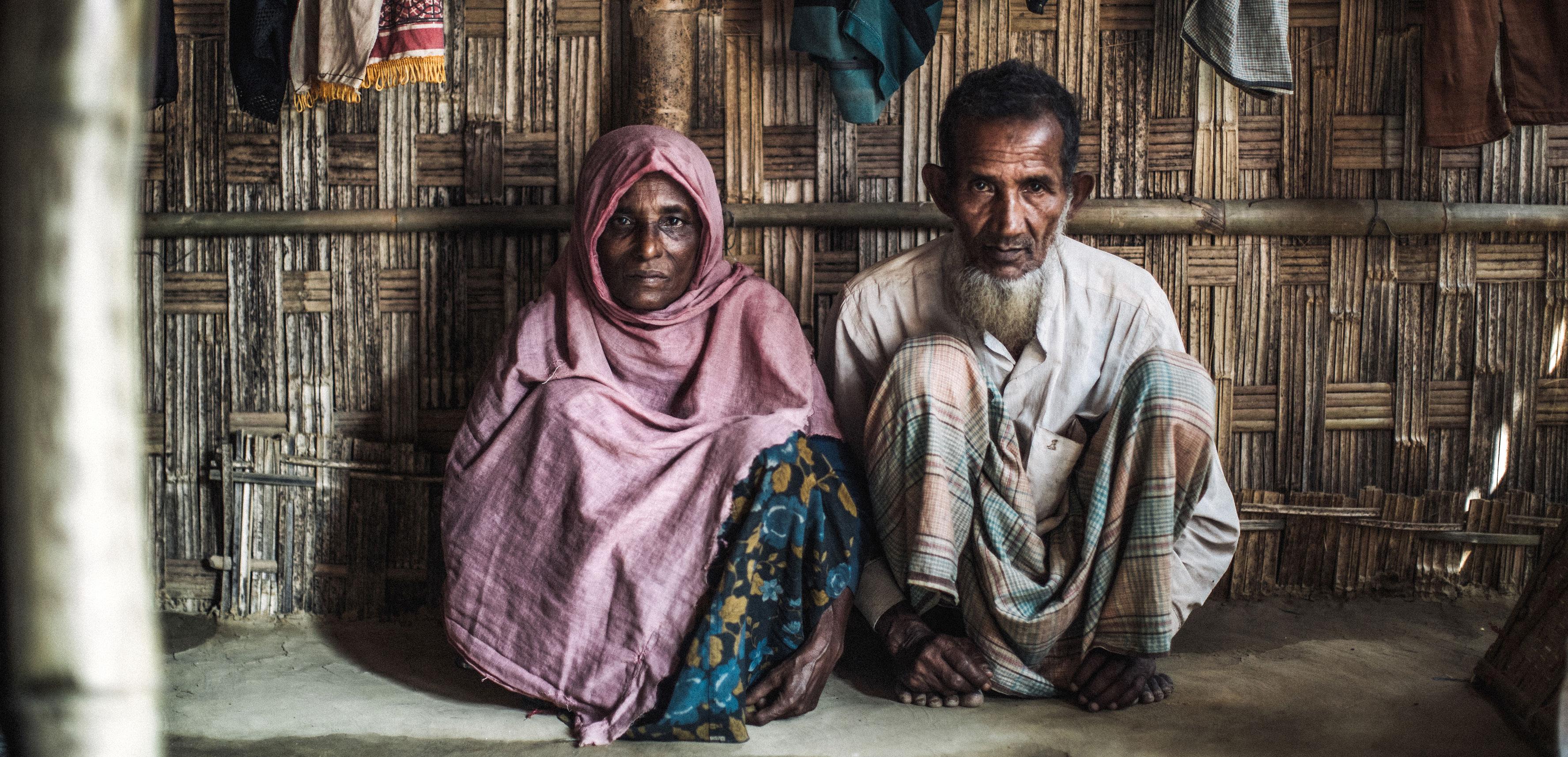
God broke my heart that day.
So I came back to Canada really motivated to do more for these people. There are so many issues in the settlement. There are drug trafficking and gang violence. There are monsoon floods and elephant stampedes. And
I've never been anywhere so densely populated - and that was just Bangladesh! Cox's Bazar was that magnified a hundred times.
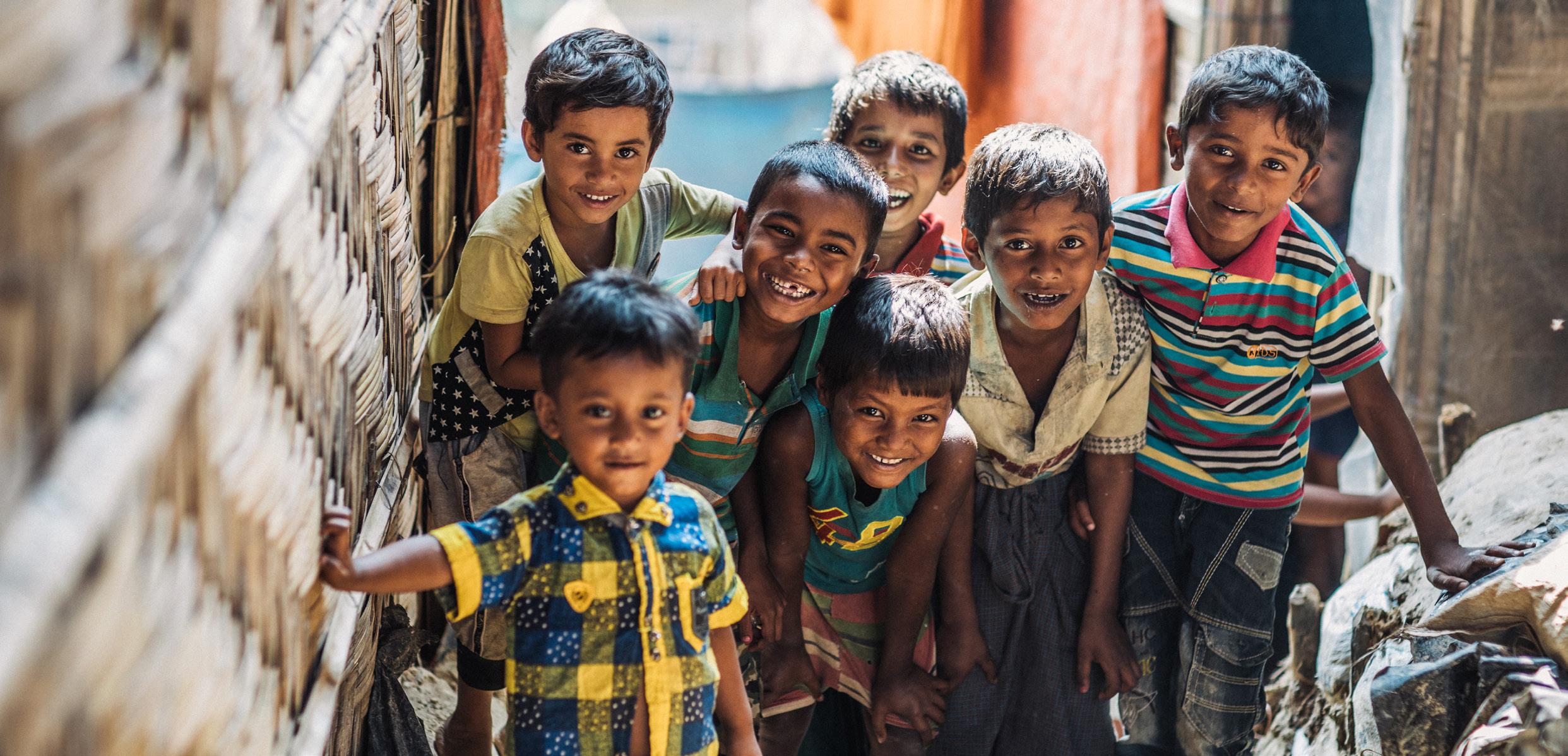
everything is temporary. The Bangladesh government doesn’t want the Rohingya to permanently settle in Cox’s Bazar. So they live in makeshift houses of tarp and bamboo. They survive on monthly rations from aid organizations. They can’t get IDs or official paperwork of any kind. They’re not allowed to have jobs outside the camp. They’re not allowed to build any permanent structures. They’re not allowed to set up schools for their children. They’re all just waiting. Where is the hope in that? Where is the future? Bangladesh doesn’t want them to stay. Myanmar doesn't want them to come back.
Upon my return, I was challenged by an energetic FH supporter to be more creative in our solutions. As organizations bringing in aid, we can’t just keep doing the same thing over and over and hoping to get different results. Cox’s Bazar needs a different approach. We are still working on what that looks like yet, but we’re in conversation with FH US and Integral Alliance and our other partners to figure out how FH Canada can uniquely serve these people who have lost so much and are living in such a precarious situation.
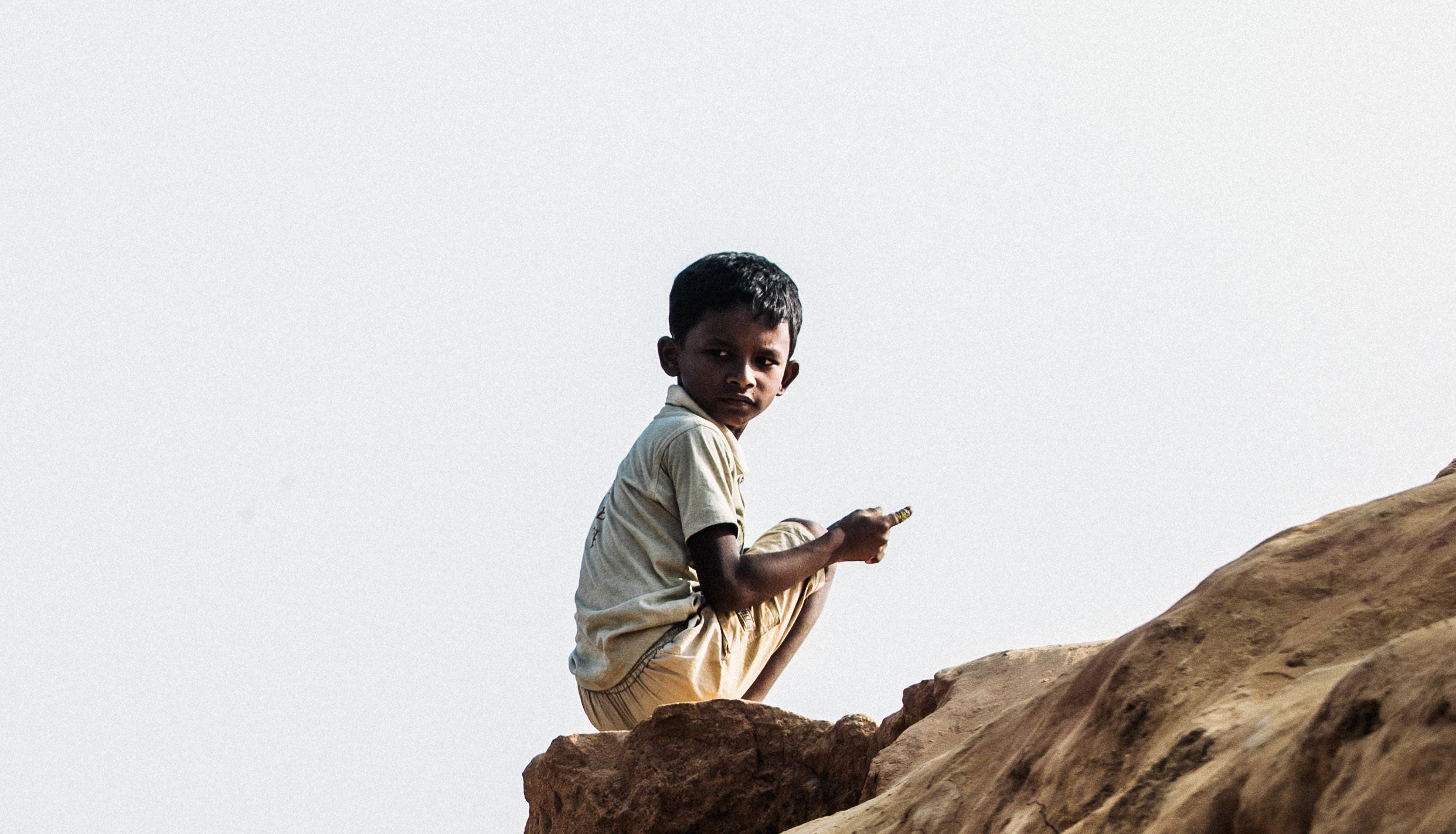 “I asked if they had ever had their picture taken before and they said no. I said I’d like to take their photo, as I always carry a portable Polaroid printer with me. I took their photo and presented them with a gift of their very first printed portrait of them as a couple.” - DCW
“I asked if they had ever had their picture taken before and they said no. I said I’d like to take their photo, as I always carry a portable Polaroid printer with me. I took their photo and presented them with a gift of their very first printed portrait of them as a couple.” - DCW
FHCANADA.ORG 13
It’s vulnerable and sometimes uncomfortable but I’m grateful.
This trip had a huge personal impact on me. It was like my empathy had been asleep for years. I don’t know why; maybe I didn’t want to feel the pain of the people I encountered in difficult situations, maybe I was suffering from compassion fatigue from having been exposed to so much suffering through my work prior to FH.
Whatever the case, my emotions were awakened on that visit to Cox’s Bazar. I feel it in every area of life now. I listen better, I’m more passionate, more alive. It’s vulnerable and sometimes uncomfortable but I’m grateful.
And I’m grateful to work at FH at a time like this so I can be a part of doing something about the immense suffering in our world right now. The Rohingya and the millions of other people who have been displaced from their homes need our support. They’re our global neighbours and I think we in Canada can’t turn a blind eye just because their story has fallen out of the news cycle.
For more information on how FH is responding with your help, visit www.fhcanada.org/emergencies.
COX'S BAZAR
THE ROHINGYA REFUGEE CRISIS
The Rohingya are a unique ethnic group with their own language and culture. Until recently the majority have resided in Myanmar for centuries. However Myanmar considers the Rohingya to be “illegal immigrants”1, and have taken action against them forcing an exodus. The United Nations has condemned Myanmar’s actions as “ethnic cleansing”2
In August 2017, Bangladesh opened its borders to over 735,000 refugees from Myanmar. Today, over 1.3 million refugees lives in nine camps and other host communities along the Bangladesh-Myanmar border.3
Aside from ultimately being granted a place to call home, the Rohingya’s greatest needs are primary healthcare and increased access to reproductive health services.4
HOW IS FOOD FOR THE HUNGRY RESPONDING?
FH is partnering with Medical Teams International, UNICEF, and UNHCR to address the need for primary healthcare for families in Cox’s Bazar:
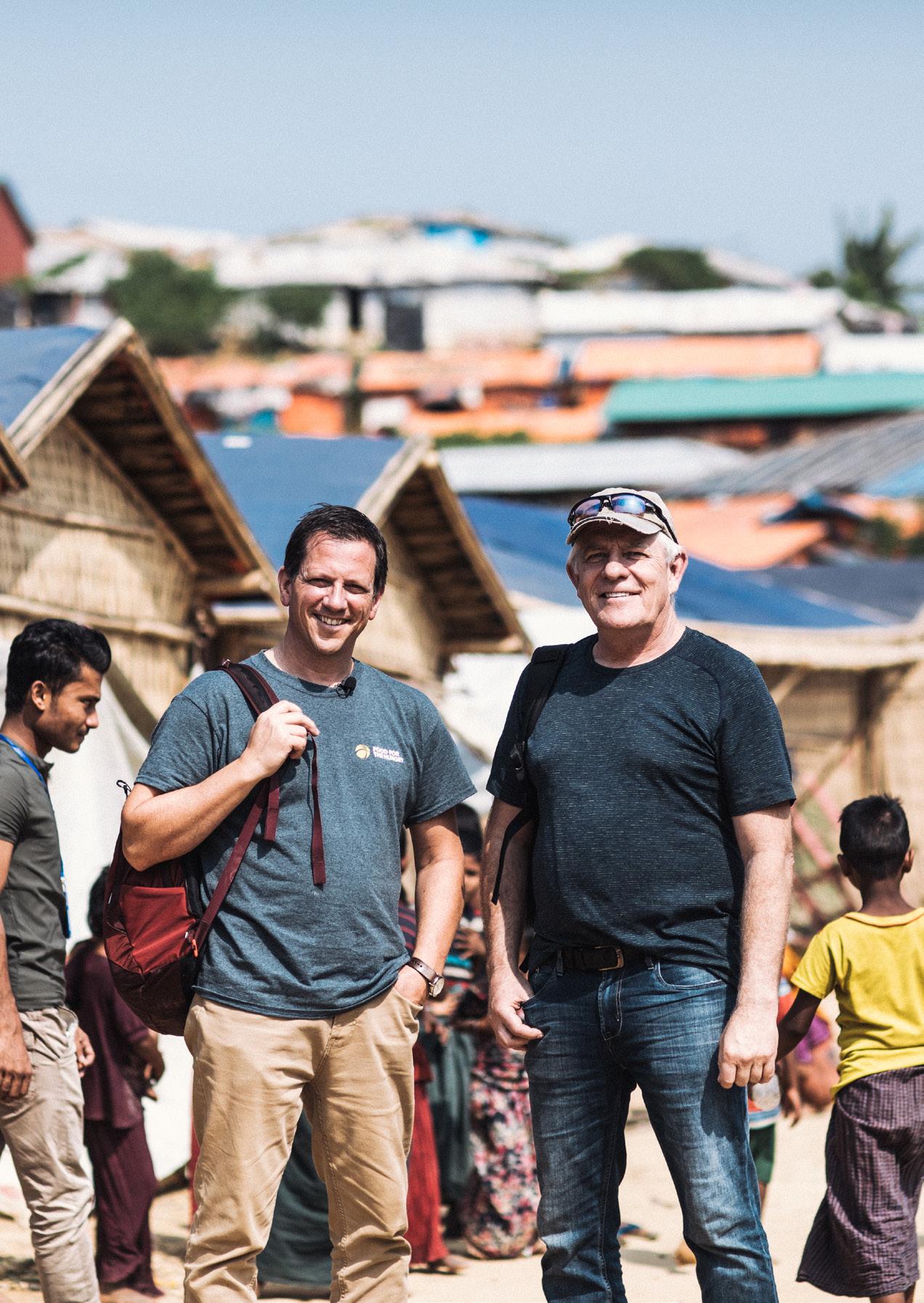
• Construction of 5 Health Facilities, seeing 7,500 patients monthly.
• 100 Health Workers helping at health centres, hosting hygiene workshops, and conducting house calls.
• 29 Psychosocial Workers hosting mental health workshops and personal follow-up for special cases.
• Education and outreach for expecting mothers and pre and post-natal care.
INDIA BANGLADESH MYANMAR THAILAND
1 http://xchange.org/reports/TheRohingyaSurvey2017.html 2 www.bbc.com/news 3 JRRP for Rohingya Humanitarian Crisis March-December 2018 4 UNFPA Rohingya Humanitarian Response Monthly Situation; UNFPA, July 2018
President Shawn Plummer and Relief and Humanitarian Aid Director Lindsay Brucks spent a day meeting families in Cox’s Bazar. They encountered stories of incredible suffering, yet discovered an unquenchable hope.
ISSUE 24
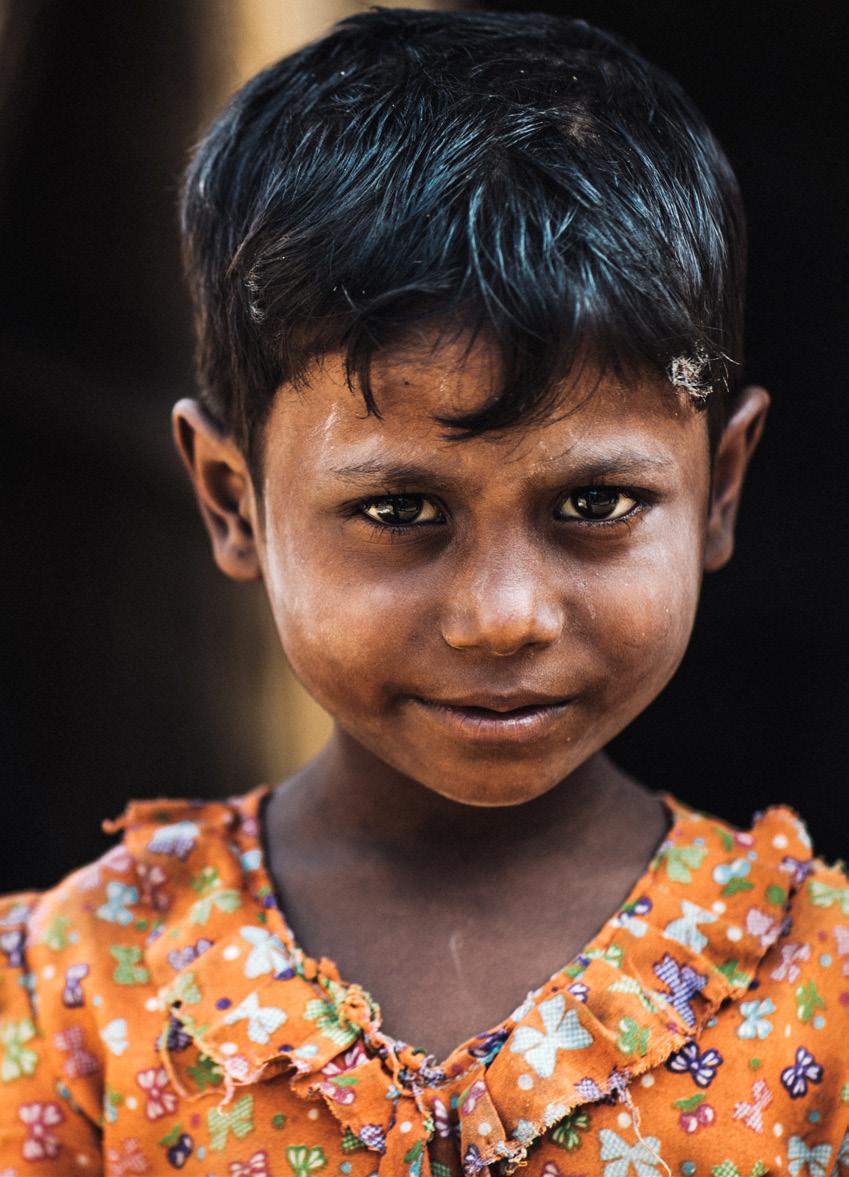

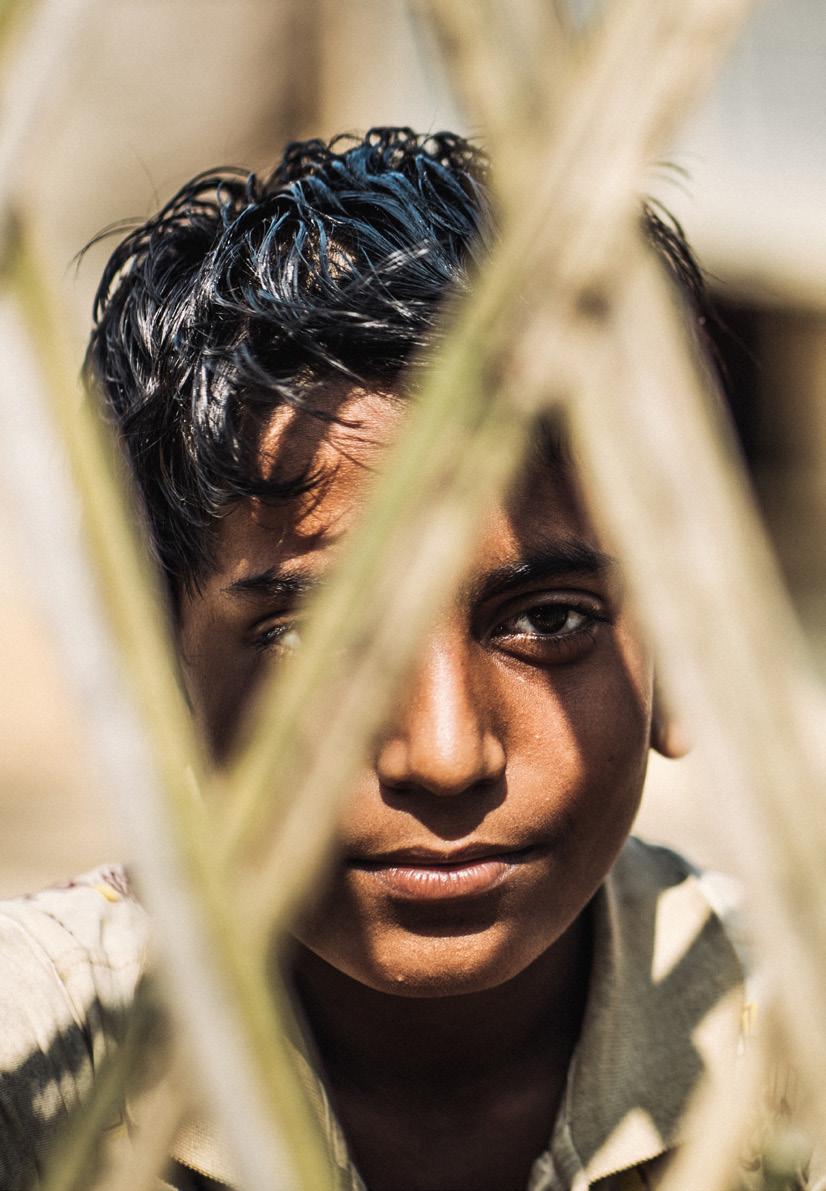

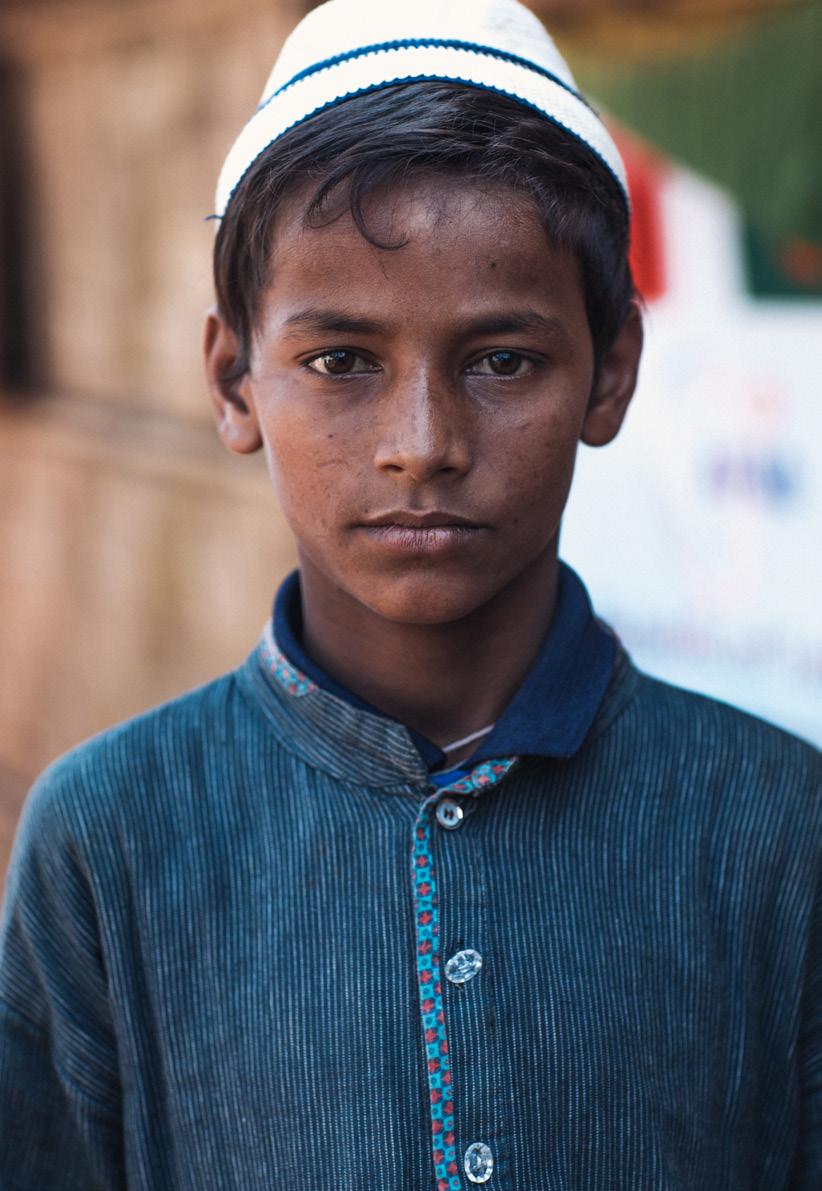
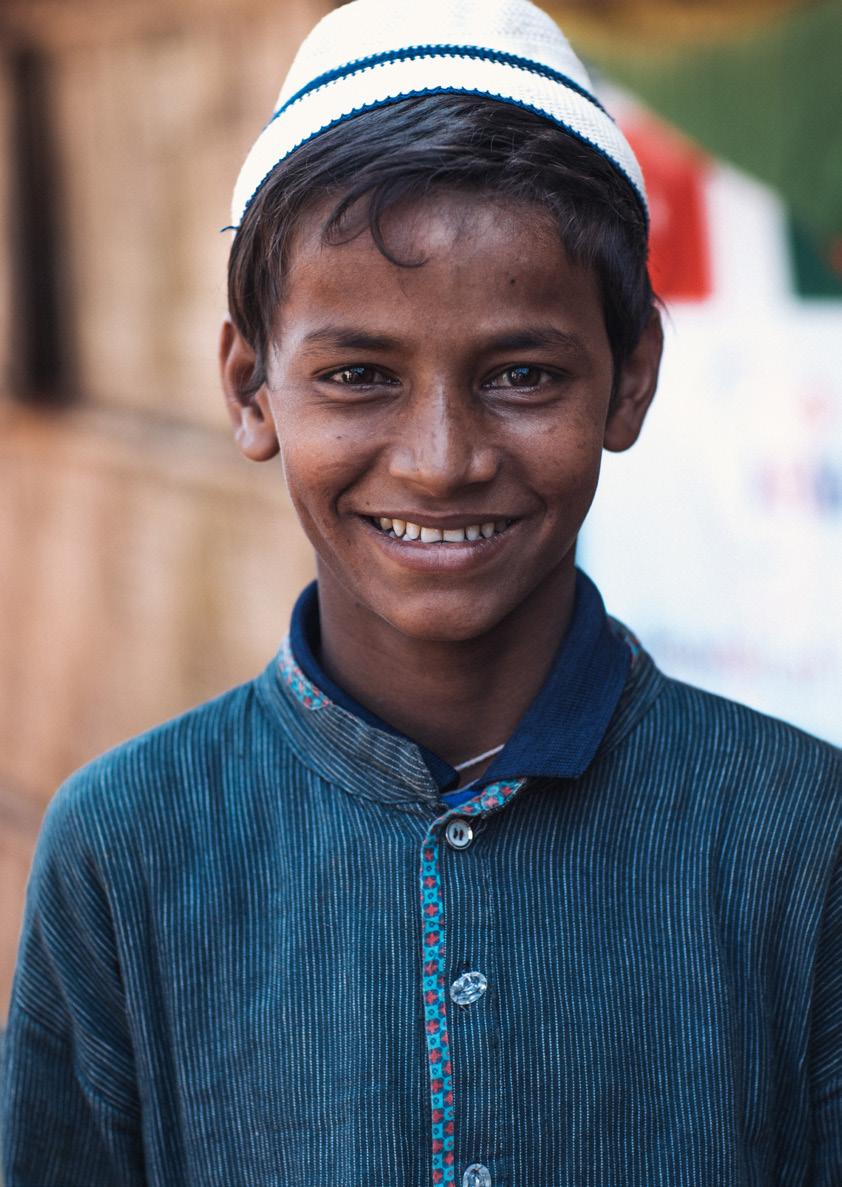
15
FROM STUCK TO THRIVING
Look Wh at IMade!
“I thank FH because it teached us to do a kitchen garden. Now we don’t buy vegetables anymore. God bless!”

“This is Lukkuu, my hen. And this month FH brought us a female sheep. Thank you for all of your support!”
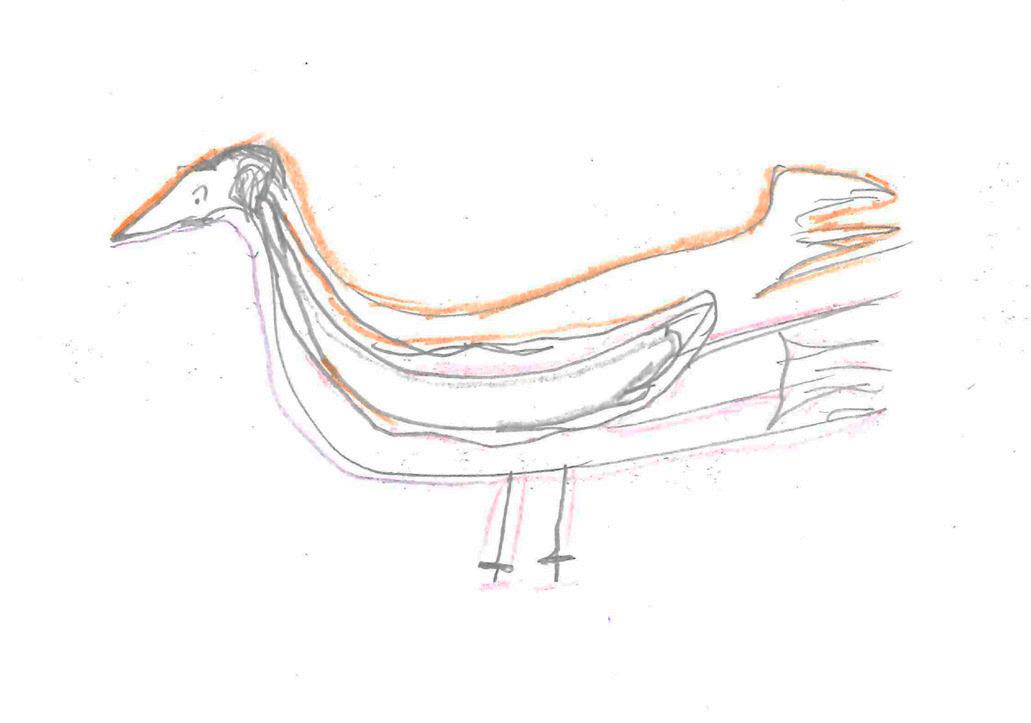
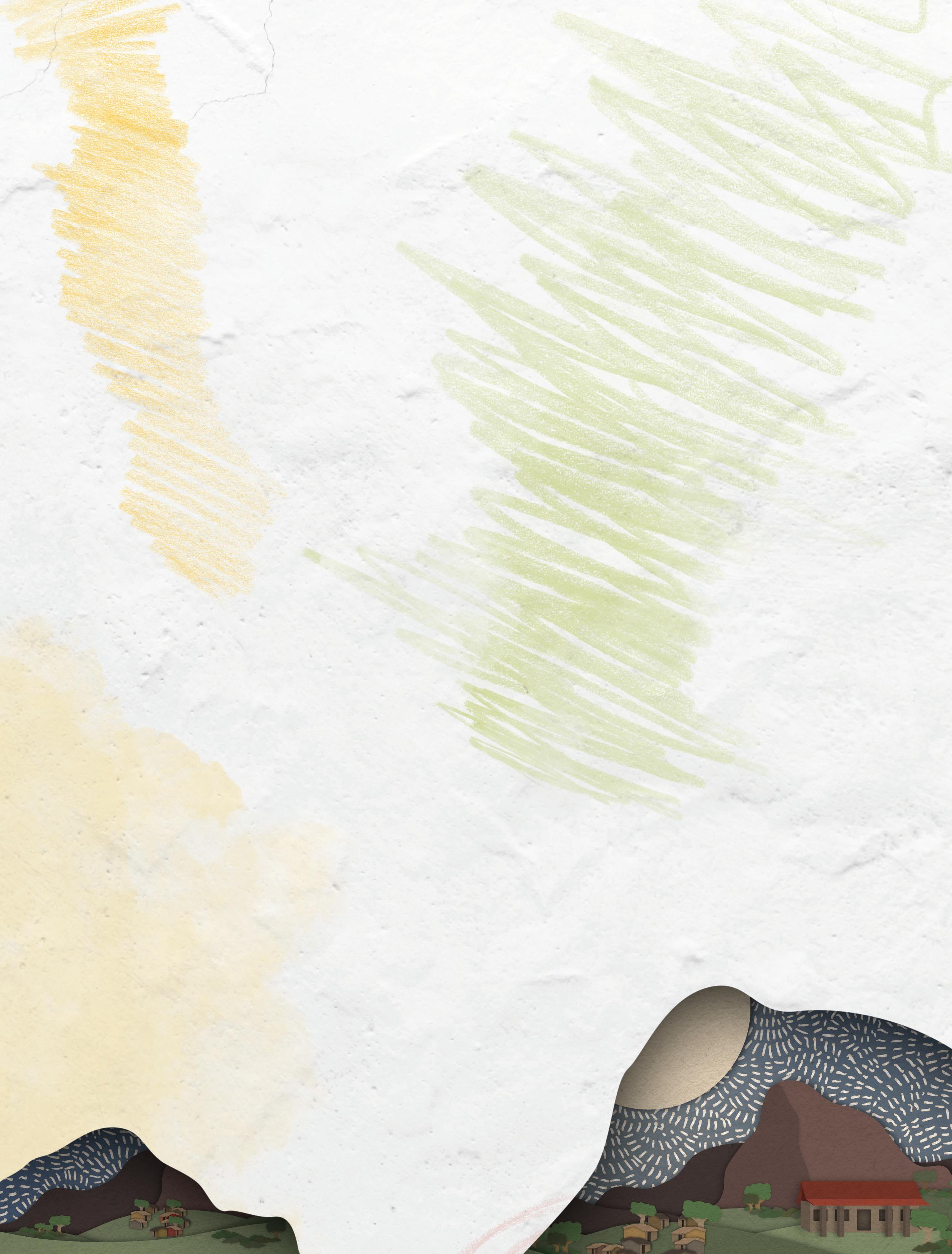
“My family likes to eat the corn’s pasta (ugali, cooked corn meal). I’m glad that my mother bought for us a goat with money from her savings group.”

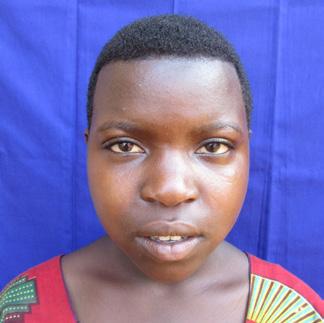
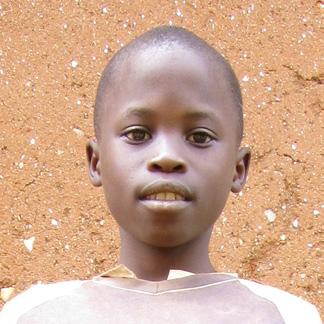
“Here, the peasant farmer came back to harvest potatoes. Thank you for supporting me. I study well!”
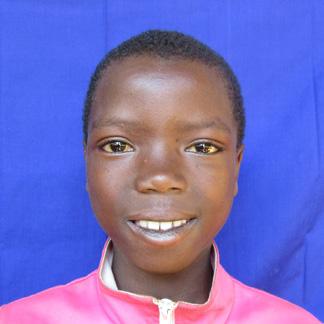
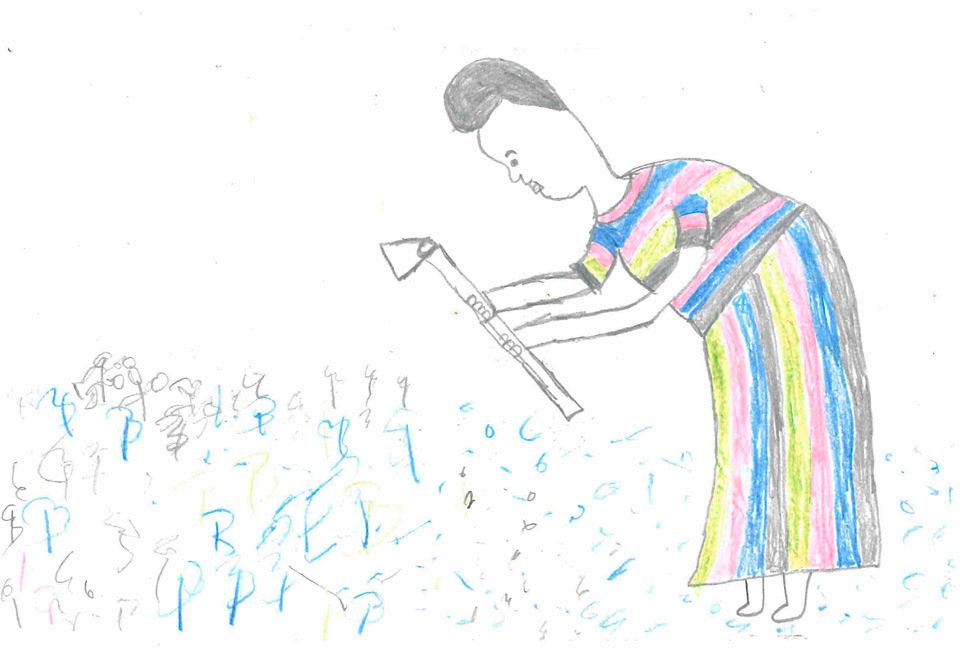
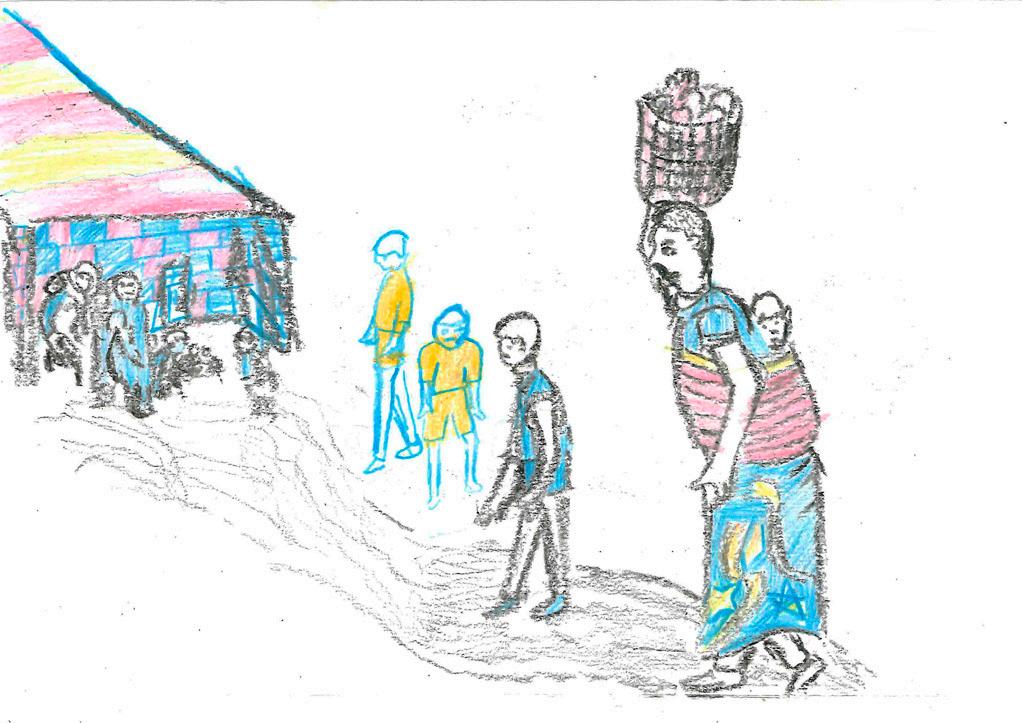 Joselyne Age 13 Burundi
Daraartuu Age 10 Ethiopia
Elyse Age 11 Burundi
Joselyne Age 13 Burundi
Daraartuu Age 10 Ethiopia
Elyse Age 11 Burundi
16
Jean Age 10 Burundi
“Now we use manure in our farms. So I eat well, and play soccer! Soccer is my favourite activity.”
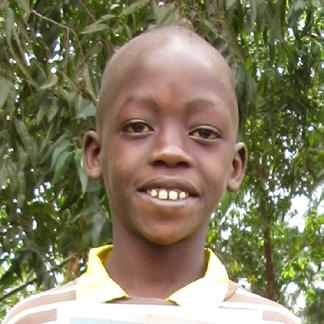
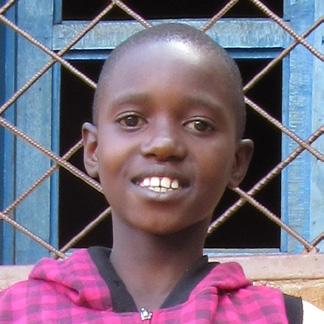


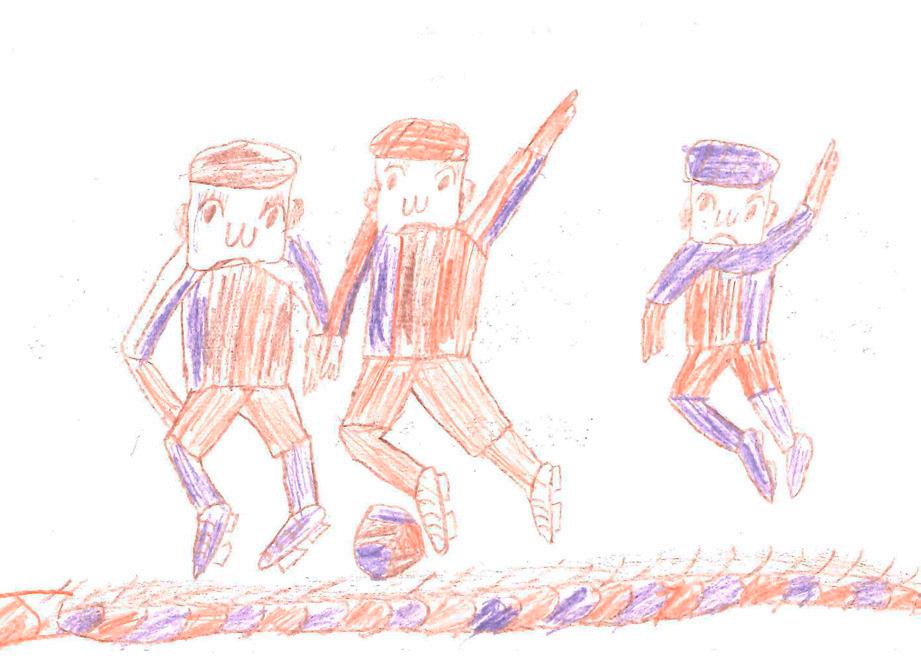
"Motorcycle"
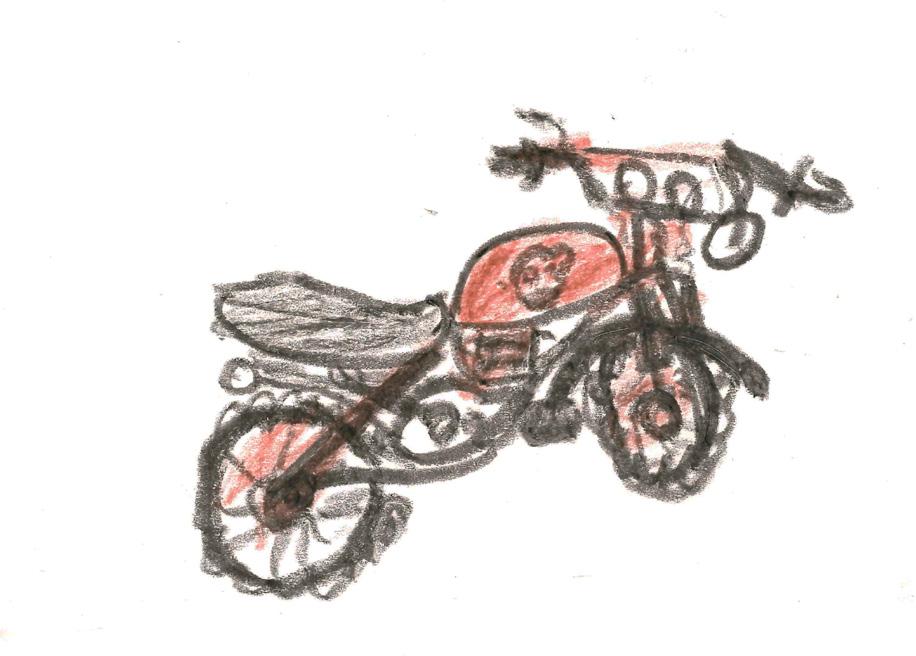
“Greetings


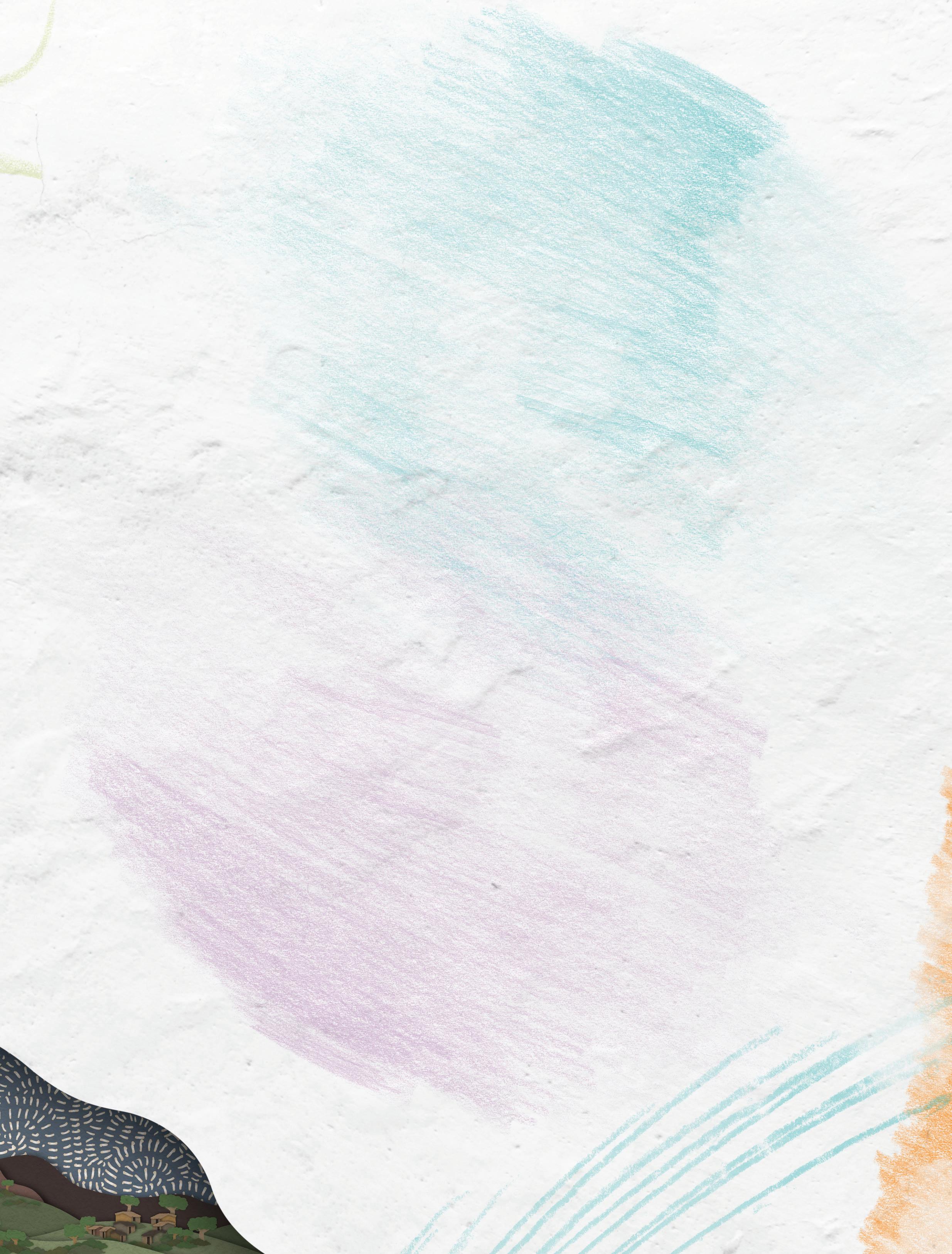
What I Made!
Look
“I like farming the beans. I [also] study hard at school because I want to end poverty!”
to you! I like eating eggs. Pray for me to be clever in school.”
Côme Age 10 Burundi
Ferdinand Age 12 Burundi
Belyse Age 12 Burundi
17
Ludenie Age 13 Haiti
EGG-CEPTIONAL
WAYS TO EAT
AROUND THE WORLD EG GS
Cambodian Omelette with Salted Fish
SERVES TWO
The team in Cambodia guarantee this is a favourite dish for visitors from North America! If you’re tempted to try a spicy, salty twist to your eggs, give this a fry.
INGREDIENTS:
Eggs

1 Red Thai Chilli (finely chopped)
Parsley (chopped)
INSTRUCTIONS:
1. In a mixing bowl, combine eggs, chilli, parsley, salt and pepper, and a pinch of sugar.
2. Beat mixture on medium until evenly mixed (do no over beat).
3. Add shredded dried fish.
1 pinch Salt
1 pinch Pepper Sugar
1 tbsp Shredded Dried Fish*
4. Pour into a frying pan, heated on medium-low, and fry for 2 to 3 minutes.

5. Remove and immediately serve.
6. For an authentic flavour, serve with fresh cut vegetables on the side.
*Found in your local Asian import market.
18
Submitted by Linly Gula, Ay Sokhum, and the team at FH Cambodia
Bangladeshi Eggs Shahi Korma
SERVES FOUR
Rich spices have dominated Bangladeshi cooking for centuries—in fact, Europeans have South Asia to thank for most of the flavours used today. This dish is a sweet-and-savoury meal that blends a wide variety of flavours Canadians often would not mix, but in the end work well.

INGREDIENTS:
4 eggs
4 tbsp vegetable oil

1 cup onion (sliced)
2 tbsp ghee butter
INSTRUCTIONS:
1 stick cinnamon
2 cloves
2 pods cardamom
2 bay leaves
½ cup onion paste*
1. Bring a medium pot of water to a boil. Gently drop eggs into the boiling water, cover, and boil for 3 minutes.
2. Remove the pot from the stove, and leave eggs to continue cooking in the boiled water for an additional 5 minutes.
3. Remove eggs from water, peel, and set aside.
4. Heat frying pan on medium heat. Add oil and onion. Saute the onion until golden brown.
5. Remove and dry onions with paper towel, and set aside.
6. Cut boiled eggs into halves. Using the same hot frying pan, fry eggs for 2-3 minutes on mediumlow heat. Remove from heat and set aside.
2 tsp garlic (minced)
1 tsp red chili powder
½ cup coconut cream
1 tbsp peanut butter
1 cup milk
1 tbsp raisins
4 green chilis (diced) salt
7. Using the same frying pan, add ghee and spices and fry for 1 minute.
8. Add the onion paste, garlic, and red chili until fry to a golden brown mixture.
9. Add coconut cream and peanut butter and simmer on low heat for 5 minutes. Add milk and simmer for 5 minutes. The flavours will start to come together.
10. Add fried boiled eggs, raisins, green chili, and salt.
11. Cover and simmer for 5-10 minutes.
12. Ladle into bowls and garnish with fried onions. Serve with rice or naan bread.
*Alternatively, 2 tbsp dried onion. 19
Submitted by Fatema Tuj Johora, Health Educator at FH Bangladesh
Constructing Lives of Purpose



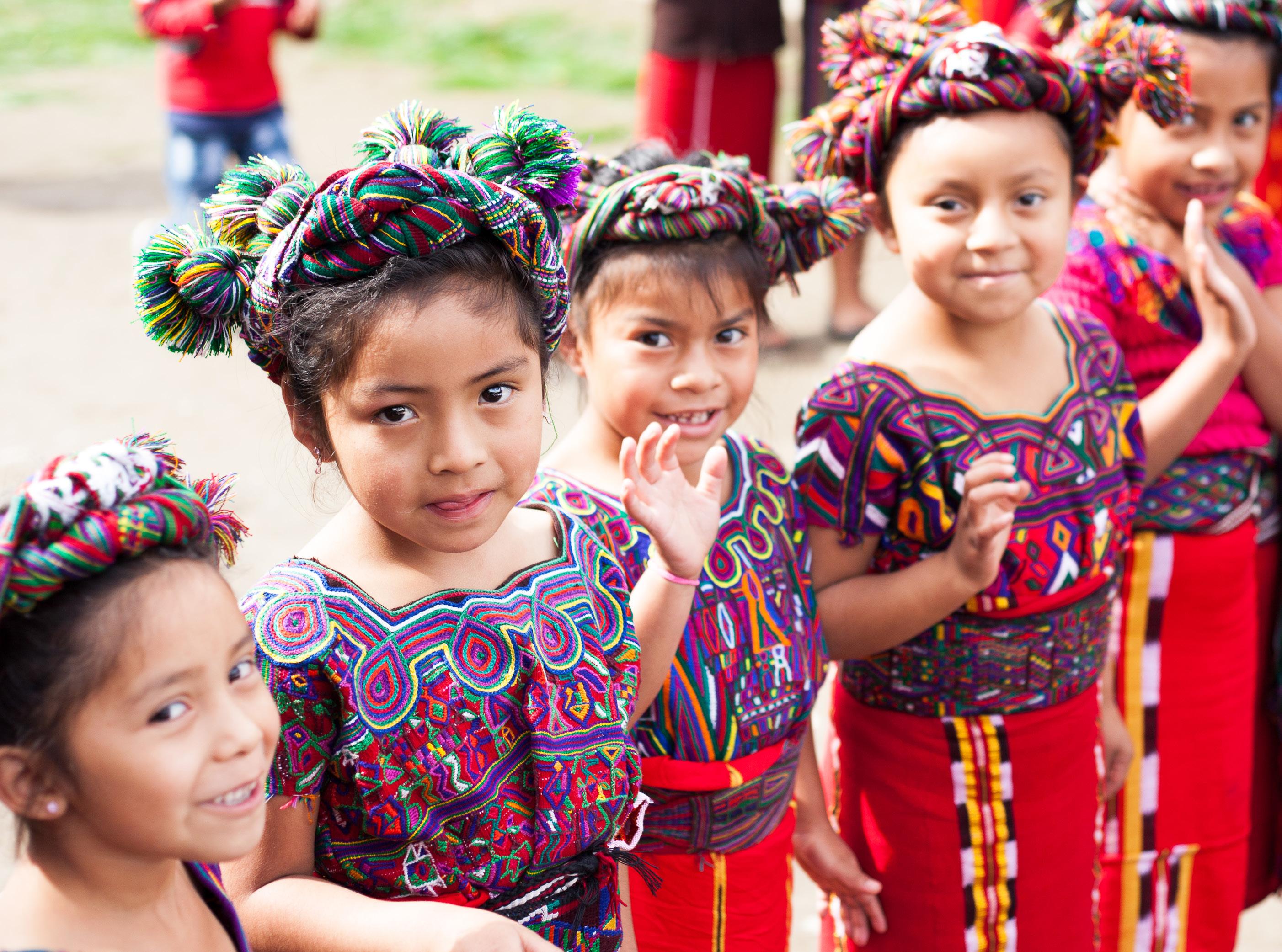 Written by: Colton Martin
Written by: Colton Martin
It’s not exactly “business as usual” for a handful of British Columbia companies. While the bulk of companies prioritize the bottom line—balancing the numbers and cutting costs to make as much money as possible—Alderidge Construction, Stattonrock Design & Build, Balzer’s Brushing, and Ferguson Moving & Storage have gone to great lengths to inject meaning into their work. They’ve built a relationship with families in the rural community of Acul in Guatemala. And there’s nothing quite like ending poverty to fill your life with purpose.
Comunidad means “community” in Spanish, a fitting name for the event centered around building community between Canadians and Guatemalans in Acul.
Photos by: Wendy Lees, Laura Balzer
20
Cracking jokes while taking bids, Cliff Prang auctions off donated items.
Lined up for a welcoming ceremony, Acul girls showcase their traditional garb. The red skirts are particular to that region of Guatemala, while the embroidery is specific to the village.

It’s the third year these businesses have partnered with the families in Acul. Owners and staff from Alderidge Construction have made trips to their partner community in Guatemala since 2016; a year later joined by Stattonrock Design & Build. In 2018 they joined forces with Balzer Brushing and Ferguson Moving & Storage. This past October, the four companies hosted a fundraising event: Comunidad. Comunidad means “community” in Spanish, a fitting name for the event centered around building community between Canadians and Guatemalans in Acul.
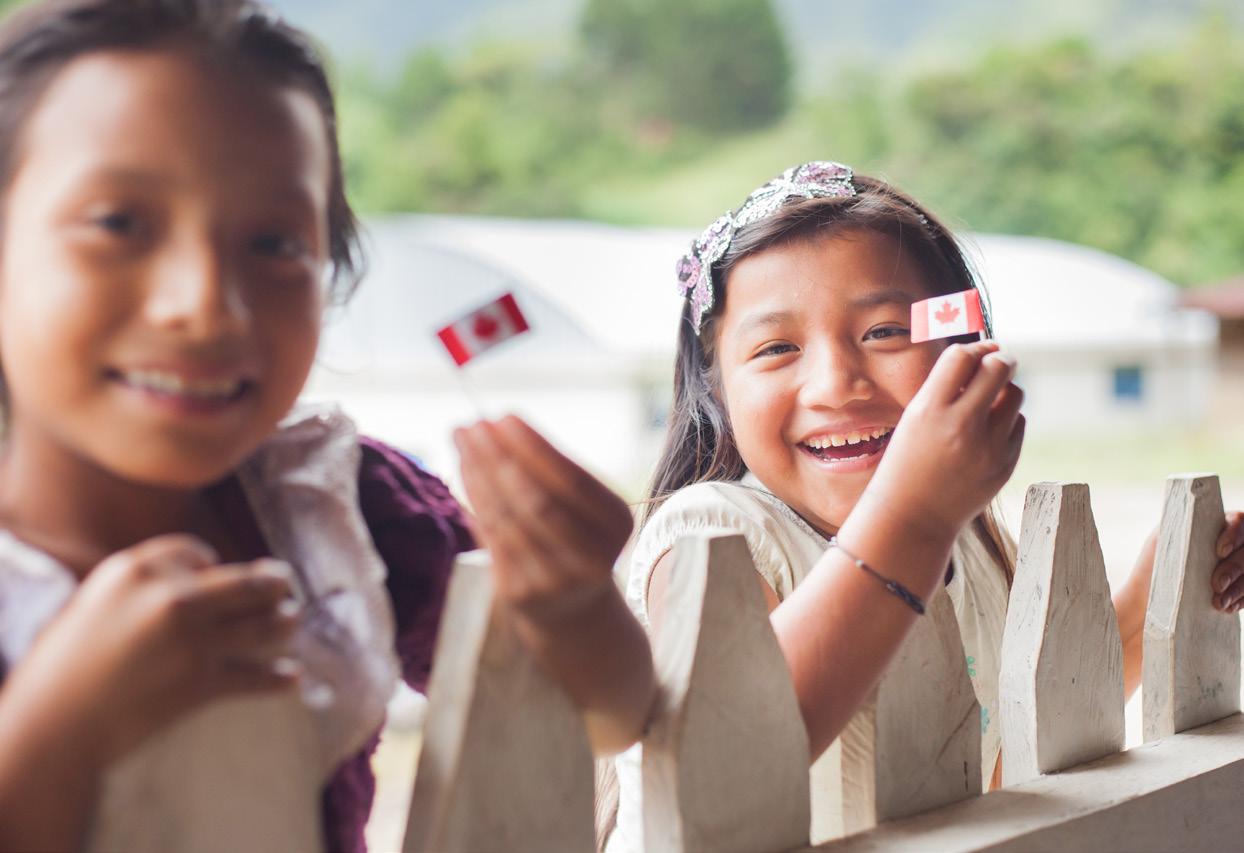
Comunidad is also about business owners intentionally connecting with other local companies. Instead of just writing cheques to end poverty in Acul, the four businesses envisioned Comunidad as a way to include other local businesses with the meaning and purpose they have found through their partnership with the Guatemalan community.
The formal gala kicked off with a family-style dining experience provided by White Table Catering. As the night
FH. ”And the support from other companies in our community for the event was amazing. The entire evening showcased a spirit of generosity!”
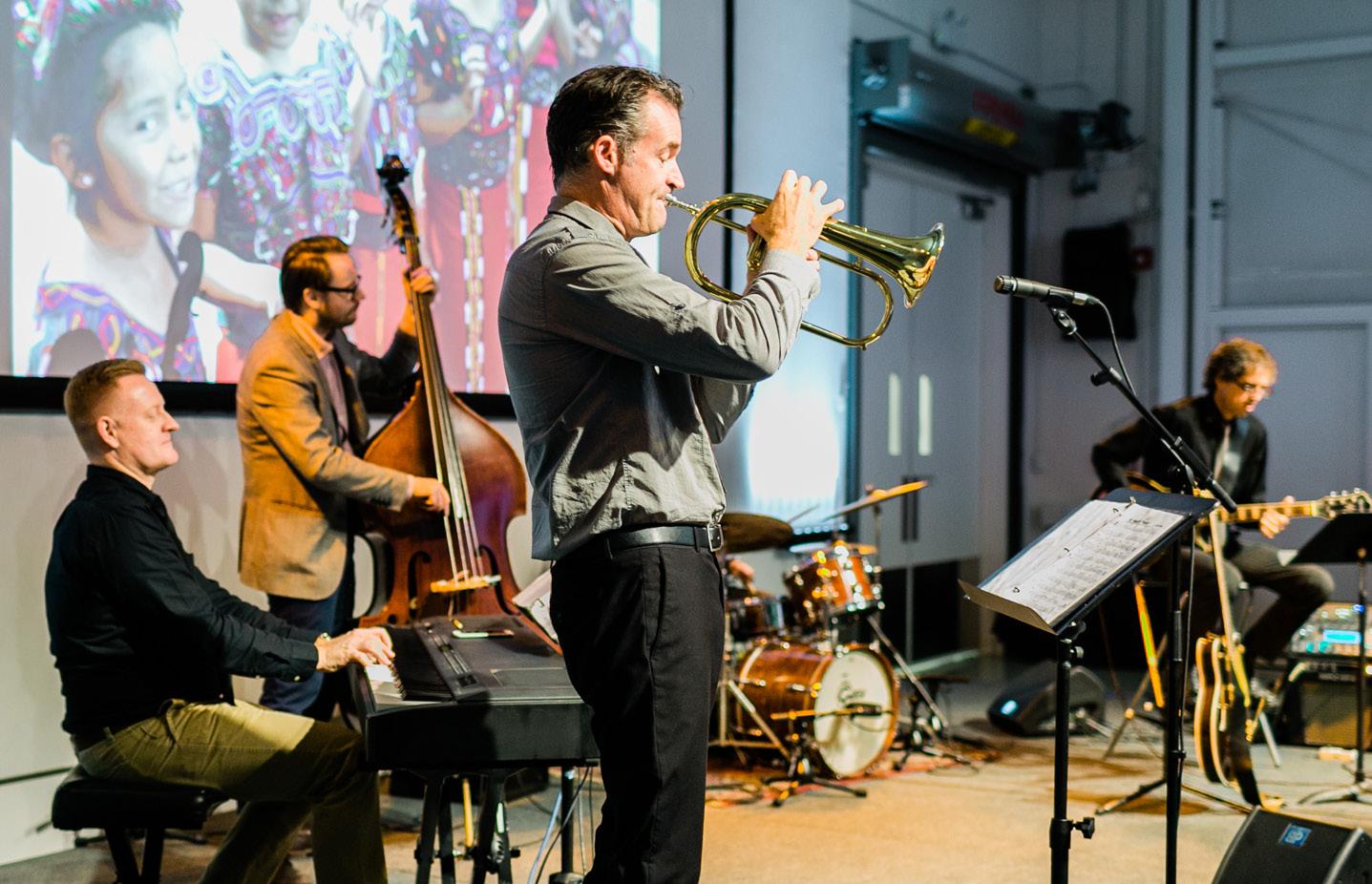
It’s uncommon for businesses in the same industry to work together without competition. Randi Dueck of Stattonrock Design & Build explains, “In our industry, you’re doing your thing, holding your cards close, keeping your secrets.” The Duecks, however, saw a broader vision for their lives and their business. For them, their partnership with Acul meant cooperating and sharing with other businesses in the industry. It also meant that their work and personal lives began to merge. Randi says, “It all became one. And because we’re self-employed, it’s our lifestyle. It needs to have God at the centre and focus.”
progressed, guests bid on silent auction prize items—ones which local businesses donated. The hilarious Cliff Prang also hosted a raucous live auction, selling off scenic flights, a jet boat tour, a skydiving experience, and other items generously given for Acul’s cause.
At the end of the day, over 30 local businesses supported the Comunidad event and raised over $60,000 for Acul, easily surpassing the stretch goal of $50,000. “I was truly inspired by how these companies—so well regarded and respected here in Abbotsford—came together in their care for the Guatemalan people.” commented Carissa Youssef, staff with
At Alderidge Construction, business owners Mark Shatford and Erik Toews grappled with a similar desire for purpose within the company. Their organization employs several people who once had a passion to be involved in ministry who have since settled into a comfortable routine work.
“I was truly inspired by how these companies— so well regarded and respected here in Abbotsford—came together in their care for the Guatemalan people.”
- Carissa Youssef, Food for the Hungry
“We wanted people to have direction and to feel like they were part of something, not just putting in a punch card,”
- Mark Shatford, Alderidge Construction
The Mennonite Jazz Committee serenades guests for the evening.
FHCANADA.ORG 21
Erik explains, “We have all these bible college guys. [From] CBC, Bethany, Briarcrest, Trinity Western. They thought they were going to be in ministry. How do we keep these guys excited about a job that they [didn’t plan] to be involved in?” Alderidge Construction has since been passionate about involving their employees with the mission of ending poverty in Acul.
“We wanted people to have direction and to feel like they were part of something, not just putting in a punch card,” Mark says. As a result, members of Alderidge Construction have made the annual trip to Acul in Guatemala to experience the transformation happening there.
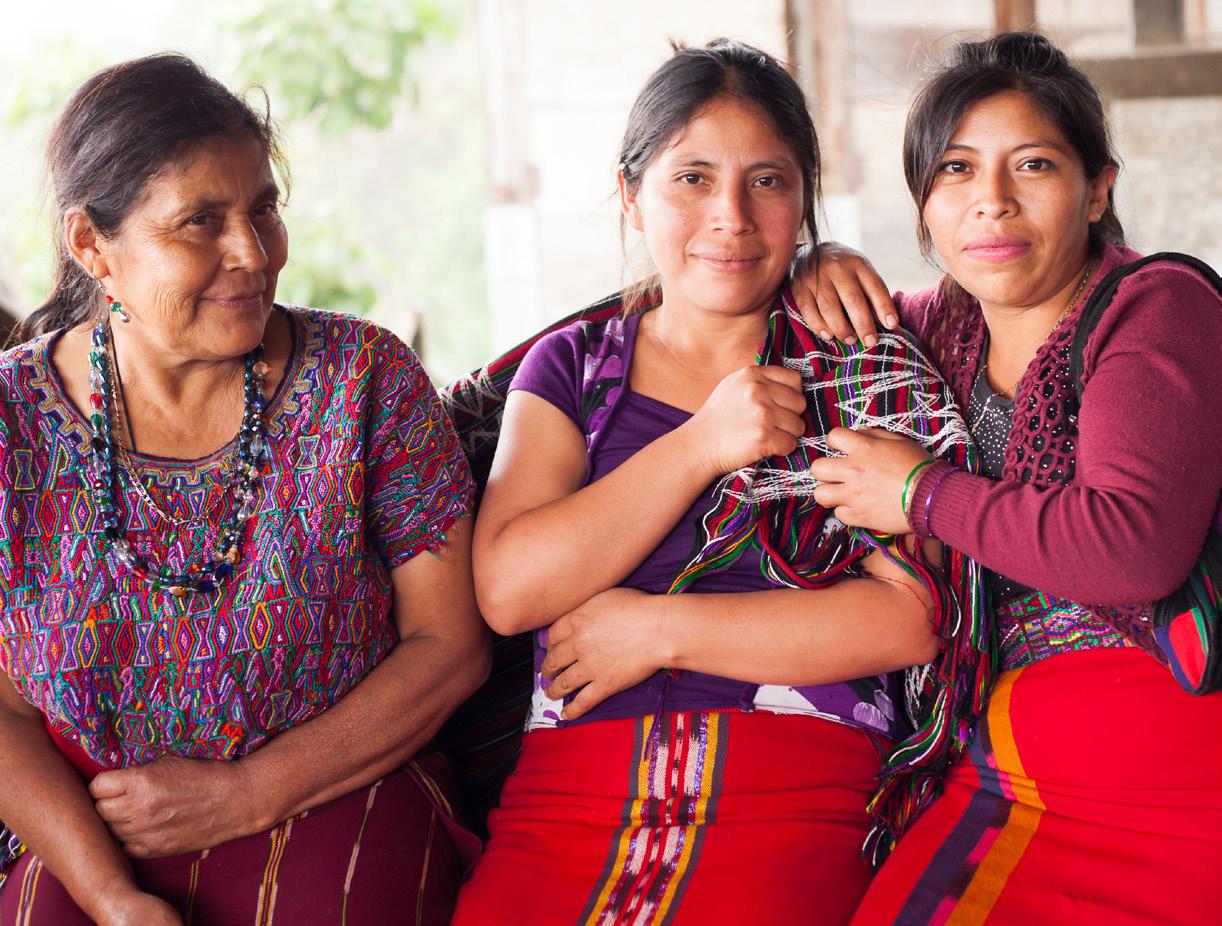
Thanks to this faithful group of businesses, the community in Acul is well on its way from stuck to thriving. Laura Balzer from Ferguson Moving & Storage recounts her experience during a visit to Acul. Describing the FH’s women’s savings group program there, Laura says: “When they first initiate these programs, women are scared to come, they feel like they don’t have anything to offer.” But like their community, the women of Acul began to gain a sense of hope.
“In time, they were able to make eye contact and practice writing and reading without fear of making mistakes, and [when] we got there they were presenting to us foreigners with confidence, proud of what they’ve accomplished. We were all so emotional and proud of these women for what they were able to do for their community,” said Laura.
Plans are in the works for the next Comunidad fundraising event, and businesses are increasingly interested in partnering with overseas communities. Transformation in Acul is ongoing.
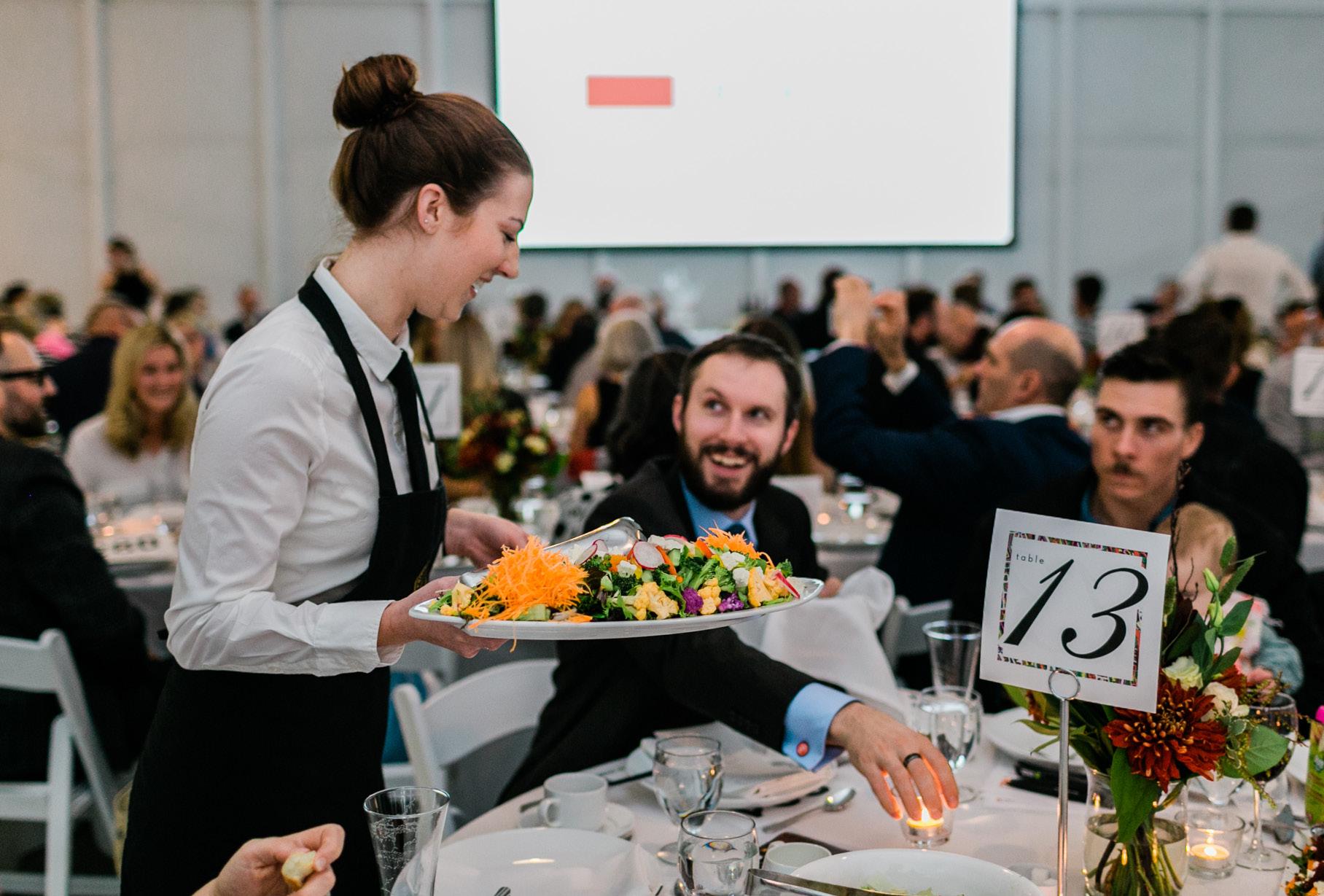
To learn more about partnering with a community overseas, contact Carissa
 Laura Balzer (Ferguson Moving & Storage) visits with her sponsor child’s family in Acul. FaceTime-ing her own family and introducing them to the sponsor family was a rare personal highlight.
FH’s community training programs have armed Acul women with confidence and leadership skills.
Thank you to Alderidge Construction, Stattonrock Design & Build, Balzer Brushing and Ferguson Moving & Storage for their incredible efforts to help families in Acul, Guatemala overcome poverty.
Youssef at carissa.youssef@fhcanada.org.
Laura Balzer (Ferguson Moving & Storage) visits with her sponsor child’s family in Acul. FaceTime-ing her own family and introducing them to the sponsor family was a rare personal highlight.
FH’s community training programs have armed Acul women with confidence and leadership skills.
Thank you to Alderidge Construction, Stattonrock Design & Build, Balzer Brushing and Ferguson Moving & Storage for their incredible efforts to help families in Acul, Guatemala overcome poverty.
Youssef at carissa.youssef@fhcanada.org.
Virtually Coming Together
Food for the Hungry Launches New Online Resource
How do we solve the problem of poverty?
For decades, Canadians have been asking this question and courageously committing themselves to living out the answer as best as we can.
But as we come up with more and more solutions, we end up overlapping our efforts, working in isolation, reinventing the wheel, or leaving unfilled gaps. Some of us have been so overwhelmed by the problem, we haven’t known where to begin. Understandably, we do nothing.
To remedy this, a group of like-minded organizations lead by Food for the Hungry (FH) Canada launched Ending Poverty Together: an online hub brimming with educational resources that help fight poverty. When one organization provides resources, everyone has access to what they have learned. And more content is being added every week! This clear and practical site provides the framework for connecting with people who are already well-versed in what it means to do healthy poverty alleviation work.
Ending Poverty Together tackles the problem of poverty from a fresh perspective. Poverty is complex, so asking “what is poverty” helps define its solutions. Content on Ending Poverty Together is categorized around the way FH sees poverty—that poverty stems from broken relationships: people with God, people with others, people with self, and people with creation. And how we define the root of the problem will shape our solutions and actions. For some, it’s a revolutionary way to consider the issue.
We encourage everyone to approach the site realizing the complexities of poverty. FH Canada encourages you to collaborate with its wide array of partners committed to Ending Poverty Together.

“We connected with a lot of organizations and asked ‘what do you need?’. Consistently we heard that there’s a lot of us doing really great work, but we tend to operate in silos. Let’s collaborate, share resources, network, learn from each other’s best practices.”
- Shelaine Strom, Ending Poverty Together
“Unless you know exactly what to look for, it’s easy to get lost searching for resources on poverty issues. Here is a hub for information that benefits all us small but passionate organizations.”
- Shakira Miracle, Vibrant Abbotsford
To view the current library of resources go to: endingpovertytogether.org On this site you’ll find ways to make a difference.
To contribute resources or join the site as an official collaborator, contact shelaine.strom@endingpovertytogether.org
ENDI NG P OVERT Y TOGETHER
“We hope to learn from other’s expertise on how best to help our struggling neighbours... It’s great to be reminded that we’re not alone.”
- Jeremy Hunka, Union Gospel Mission
FHCANADA.ORG 23
Written by: Colton Martin and Eryn Austin Bergen
ENDI N G P OV ERT Y TOGE THER
• ENJOY FAITH-BASED ARTICLES, VIDEOS, LESSONS, AND MORE
• CONNECT WITH NONPROFITS

• LEARN WHAT OTHERS HAVE LEARNED
What if we had one place where we could collaborate, explore ideas, and share experiences? A place we could all pause, take a step back, and redefine the question? Ending Poverty Together is that place.
endingpovertytogether.org
“Whether you’ve been 'in the business' of ending poverty for years, or whether you’ve just started noticing that there might be a problem, you will find support here.”
- Shelaine Strom, Ending Poverty Together Lead
“I love the way you can navigate through different topics, themes, types of media from all sorts of sources, all in one place.”


-
Laura
Solberg, Canadian Christian Relief & Development Association

1-31741 Peardonville Road, Abbotsford, BC V2T 1L2
1.800.667.0605
info@fhcanada.org
fhcanada.org
@fhcanada
@foodforthehungrycanada
blog.fhcanada.org
@fhcanada
UNDERSTAND POVERTY AND ITS ROOT
VISIT TODAY
ISSUES

 Shawn Plummer President & CEO
Shawn Plummer President & CEO








 1. A girl in Sasiga enjoys the convenience that a well brings. She no longer needs to hike to a creek for dirty water. She tells Peg Peters: “I now have time to play, to go to school, to help my mom!”
1. A girl in Sasiga enjoys the convenience that a well brings. She no longer needs to hike to a creek for dirty water. She tells Peg Peters: “I now have time to play, to go to school, to help my mom!”



 2. Run for Water director Peg Peters collects well water with a local girl.
3. Access to clean well water has resulted in a dramatic decrease of disease in Sasiga.
2. Run for Water director Peg Peters collects well water with a local girl.
3. Access to clean well water has resulted in a dramatic decrease of disease in Sasiga.


 Written by: Eryn Austin-Bergen
Photo courtesy of: Daniel C White
Cachiman households that received peanut seeds in the first half of the year, 26 Mategouasse households received seeds from the prior year’s recipients through the pay-it-forward model. In addition, three families received pay-it-forward cows.
Written by: Eryn Austin-Bergen
Photo courtesy of: Daniel C White
Cachiman households that received peanut seeds in the first half of the year, 26 Mategouasse households received seeds from the prior year’s recipients through the pay-it-forward model. In addition, three families received pay-it-forward cows.




 Phanna (right, glasses) sees her team off for the day. Most will spend their eight to ten hour each day visiting homes and facilitating workshops for parents.
Phanna (right, glasses) sees her team off for the day. Most will spend their eight to ten hour each day visiting homes and facilitating workshops for parents.











 “I asked if they had ever had their picture taken before and they said no. I said I’d like to take their photo, as I always carry a portable Polaroid printer with me. I took their photo and presented them with a gift of their very first printed portrait of them as a couple.” - DCW
“I asked if they had ever had their picture taken before and they said no. I said I’d like to take their photo, as I always carry a portable Polaroid printer with me. I took their photo and presented them with a gift of their very first printed portrait of them as a couple.” - DCW















 Joselyne Age 13 Burundi
Daraartuu Age 10 Ethiopia
Elyse Age 11 Burundi
Joselyne Age 13 Burundi
Daraartuu Age 10 Ethiopia
Elyse Age 11 Burundi
















 Written by: Colton Martin
Written by: Colton Martin





 Laura Balzer (Ferguson Moving & Storage) visits with her sponsor child’s family in Acul. FaceTime-ing her own family and introducing them to the sponsor family was a rare personal highlight.
FH’s community training programs have armed Acul women with confidence and leadership skills.
Thank you to Alderidge Construction, Stattonrock Design & Build, Balzer Brushing and Ferguson Moving & Storage for their incredible efforts to help families in Acul, Guatemala overcome poverty.
Youssef at carissa.youssef@fhcanada.org.
Laura Balzer (Ferguson Moving & Storage) visits with her sponsor child’s family in Acul. FaceTime-ing her own family and introducing them to the sponsor family was a rare personal highlight.
FH’s community training programs have armed Acul women with confidence and leadership skills.
Thank you to Alderidge Construction, Stattonrock Design & Build, Balzer Brushing and Ferguson Moving & Storage for their incredible efforts to help families in Acul, Guatemala overcome poverty.
Youssef at carissa.youssef@fhcanada.org.



